Print-on-demand items cannot be returned or exchanged. Please measure your space carefully before purchasing.
NASA 1970: Apollo 13 By Aaron Johnson, Joel Anderson, 2024
-
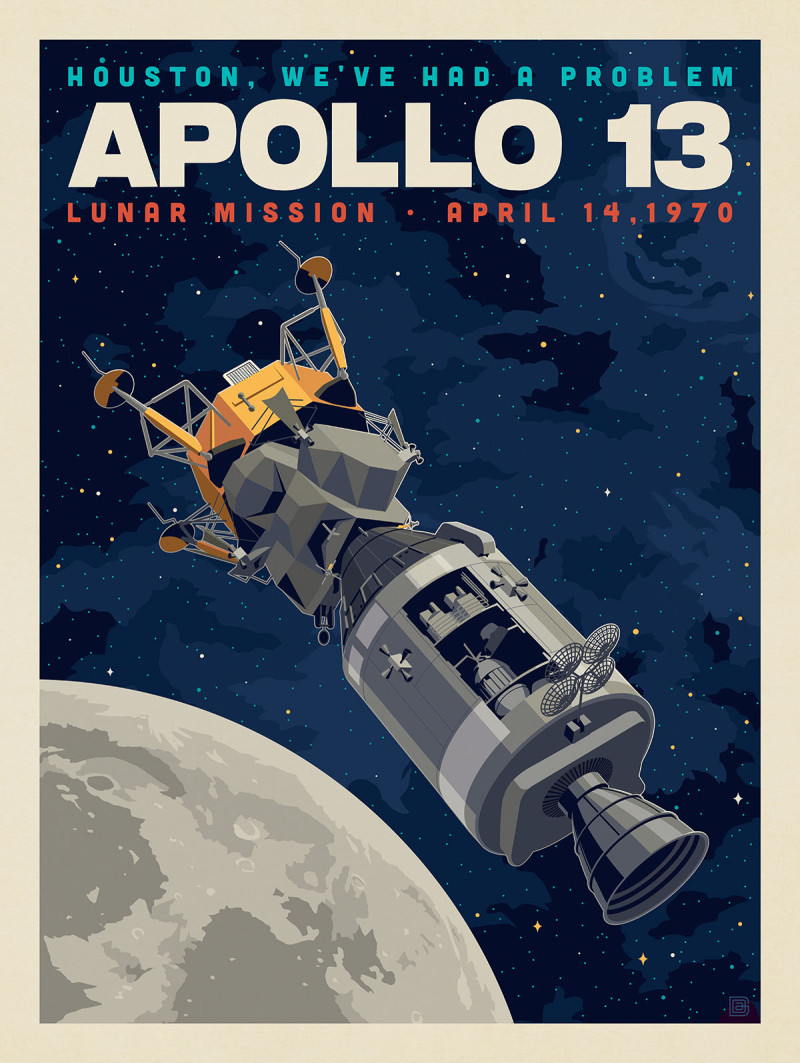 Art Print
Art Print
-
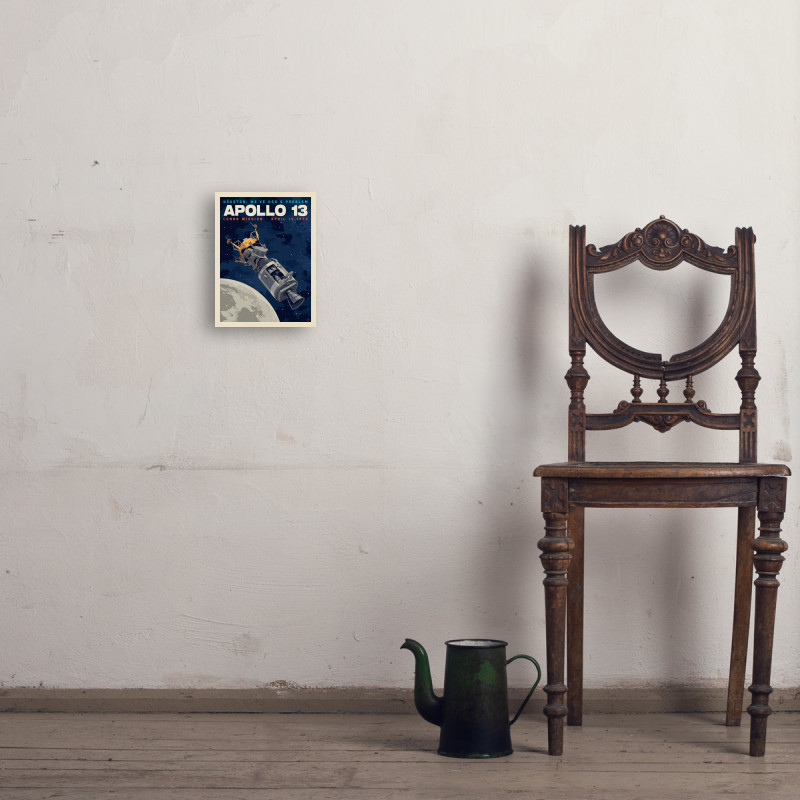 Art Print
Art Print
-
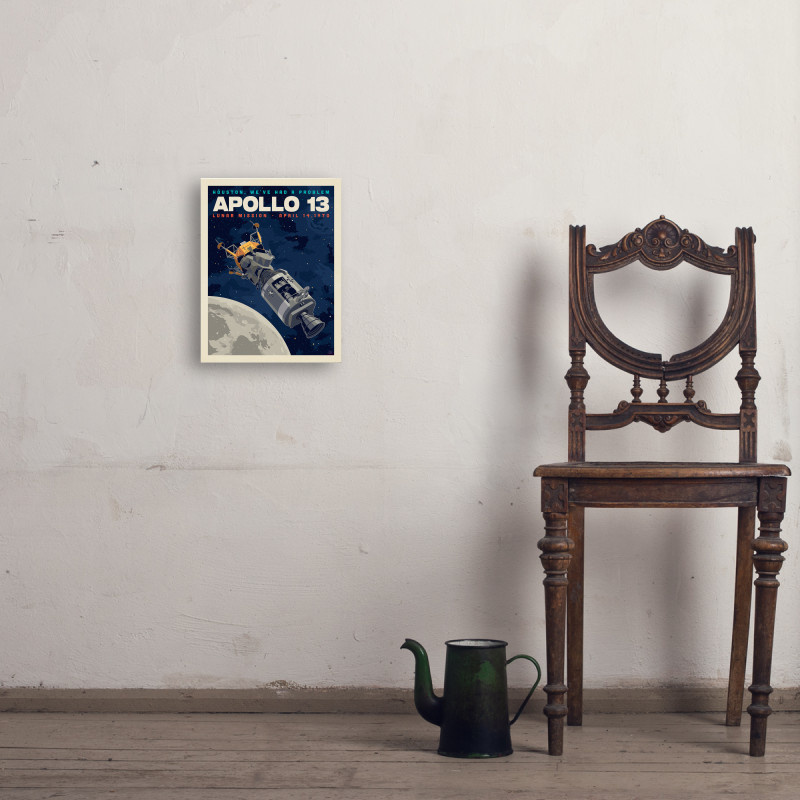 Art Print
Art Print
-
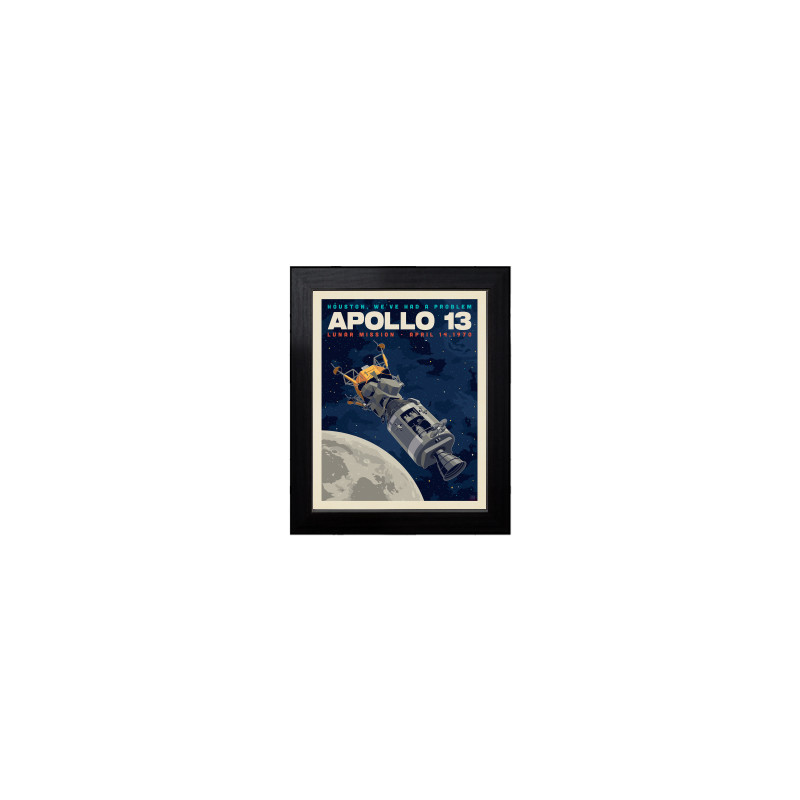 Art Print
Art Print
-
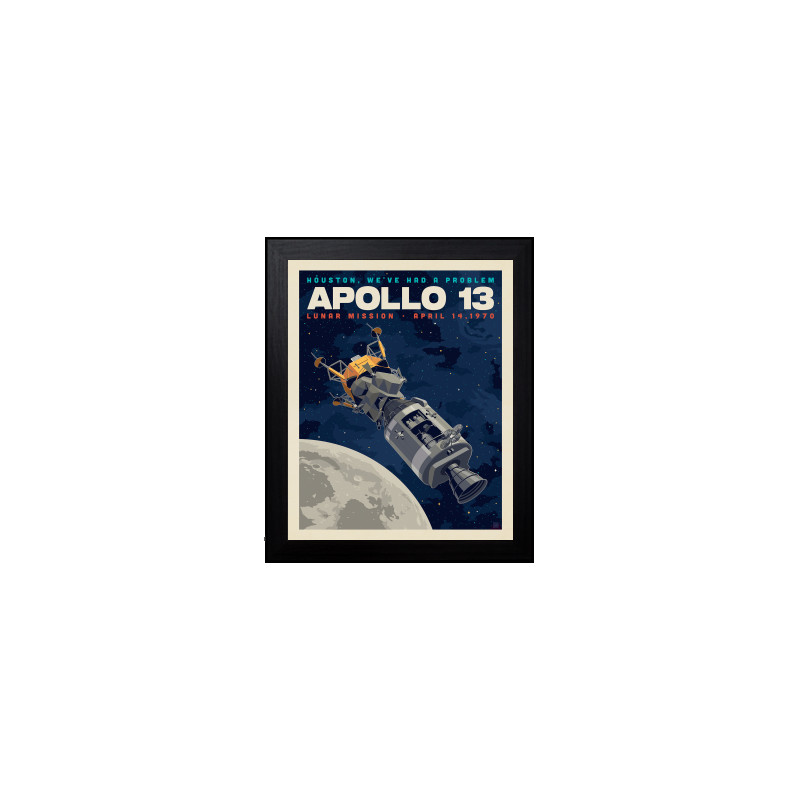 Art Print
Art Print
-
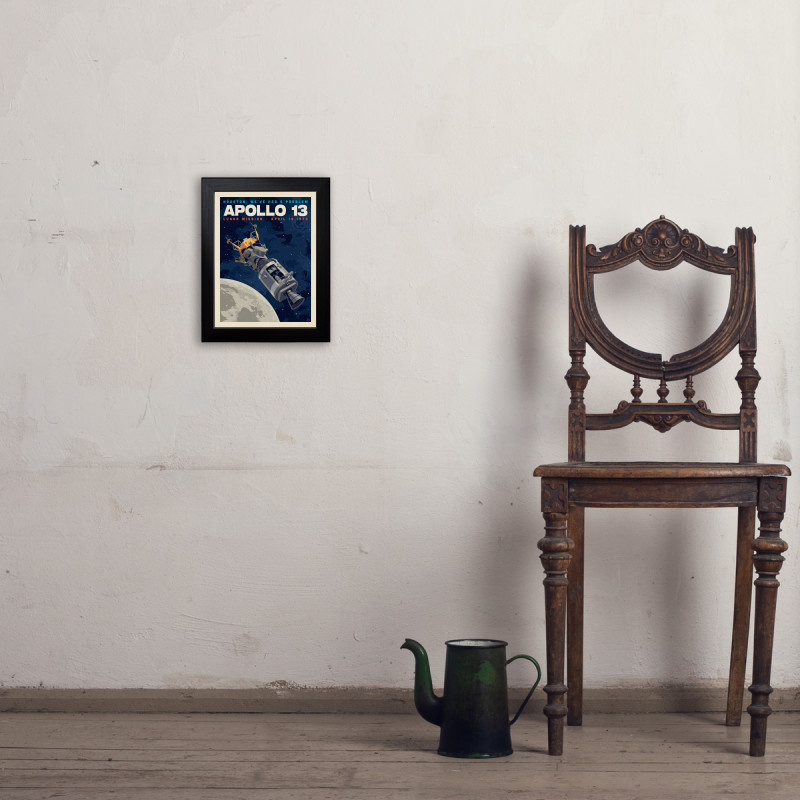 Art Print
Art Print
-
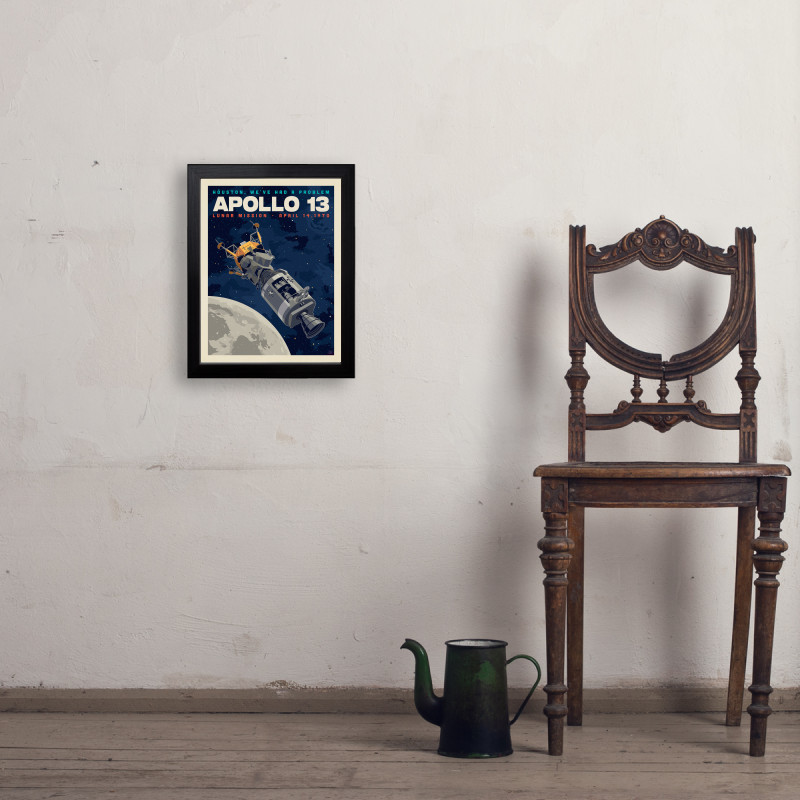 Art Print
Art Print
-
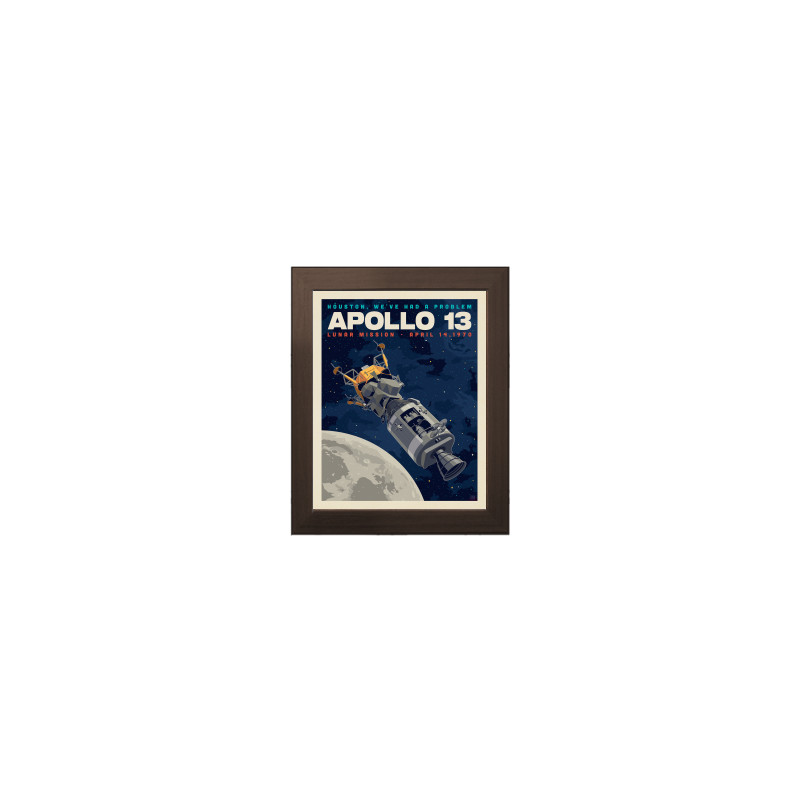 Art Print
Art Print
-
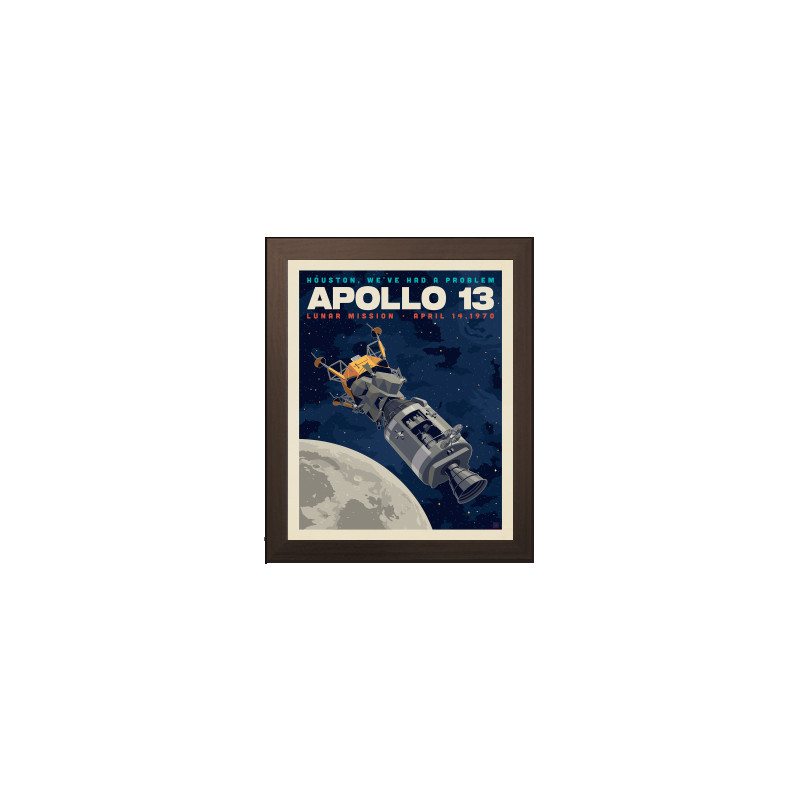 Art Print
Art Print
-
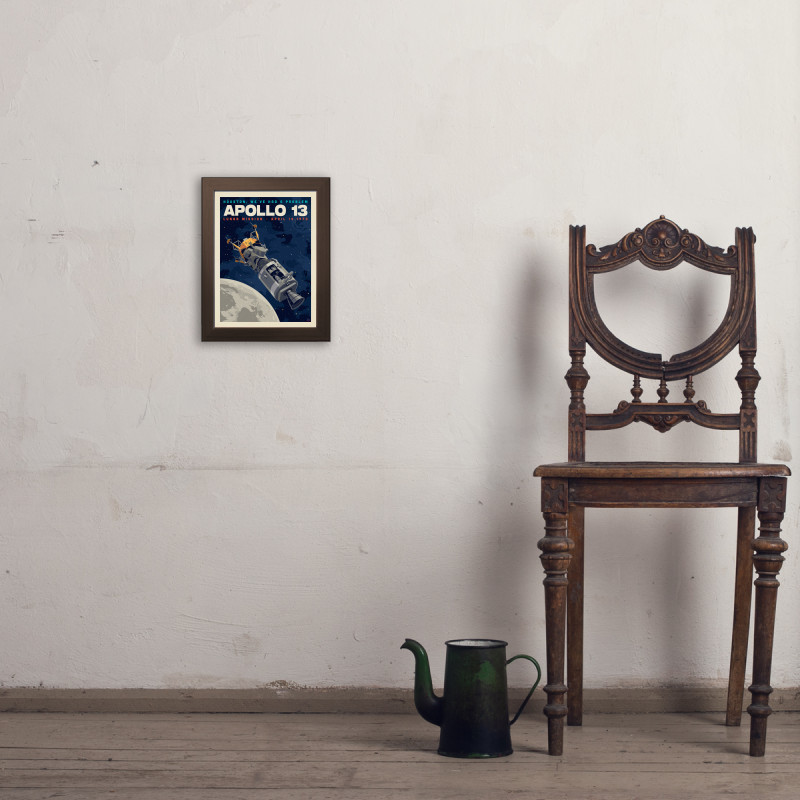 Art Print
Art Print
-
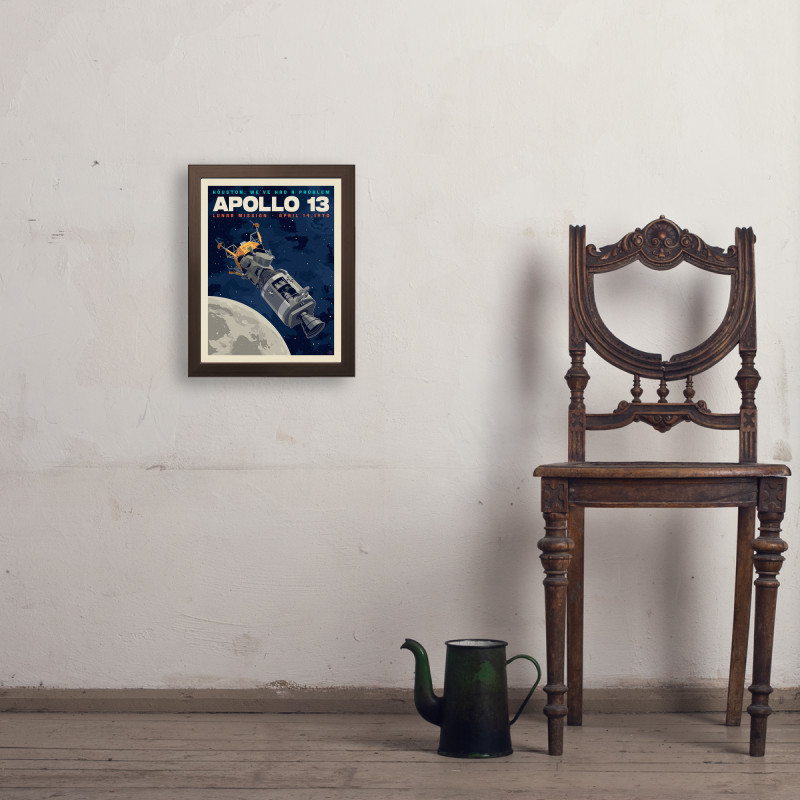 Art Print
Art Print
-
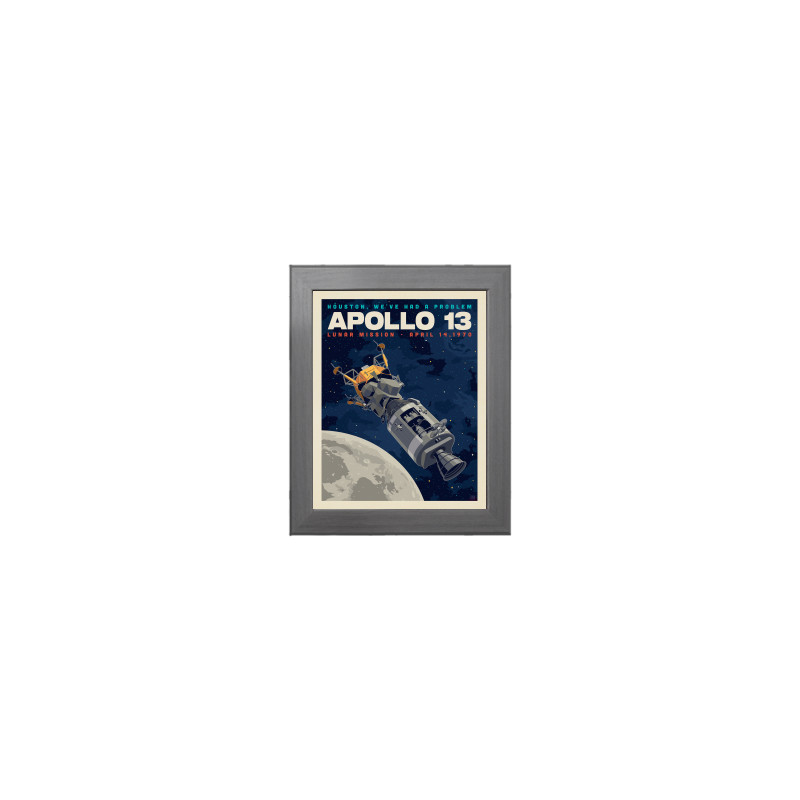 Art Print
Art Print
-
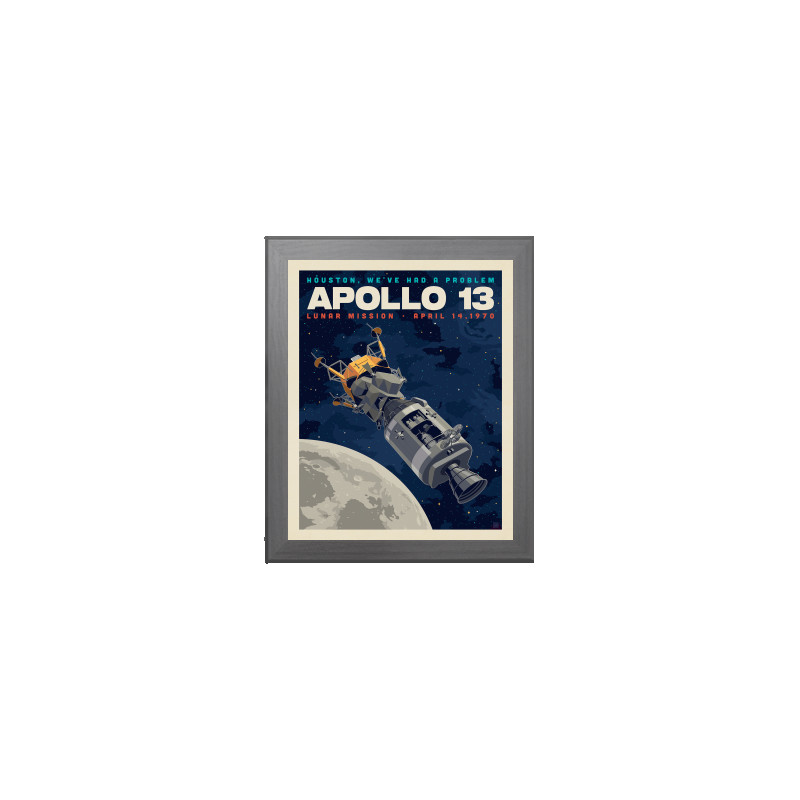 Art Print
Art Print
-
 Art Print
Art Print
-
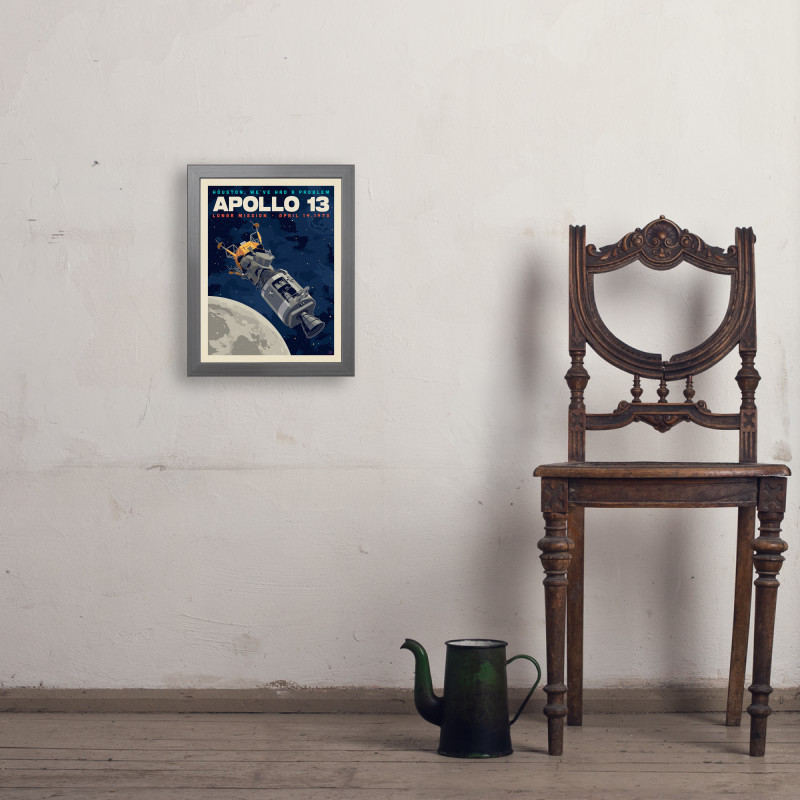 Art Print
Art Print
-
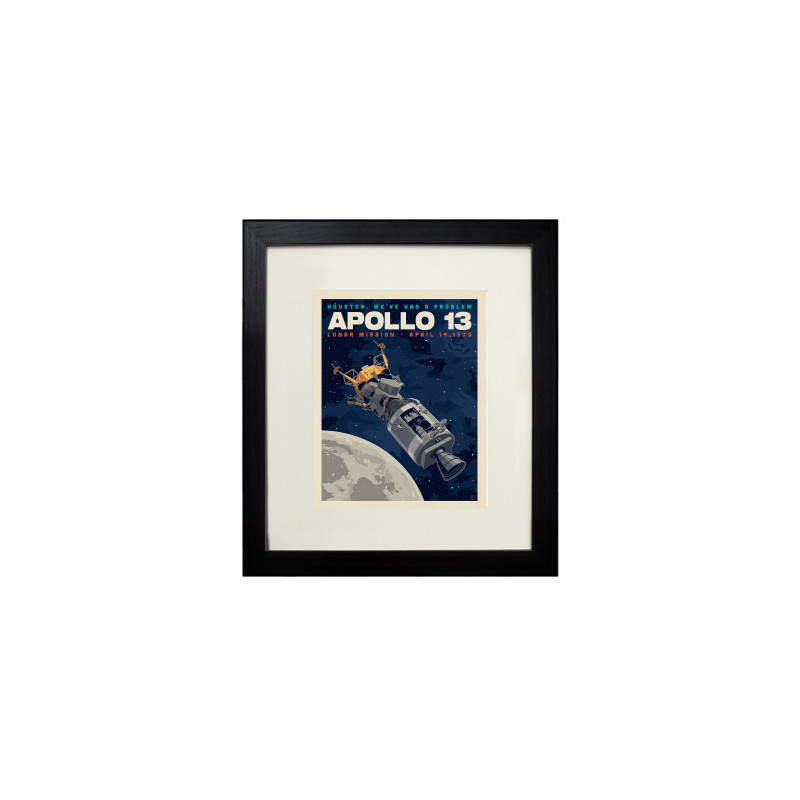 Art Print
Art Print
-
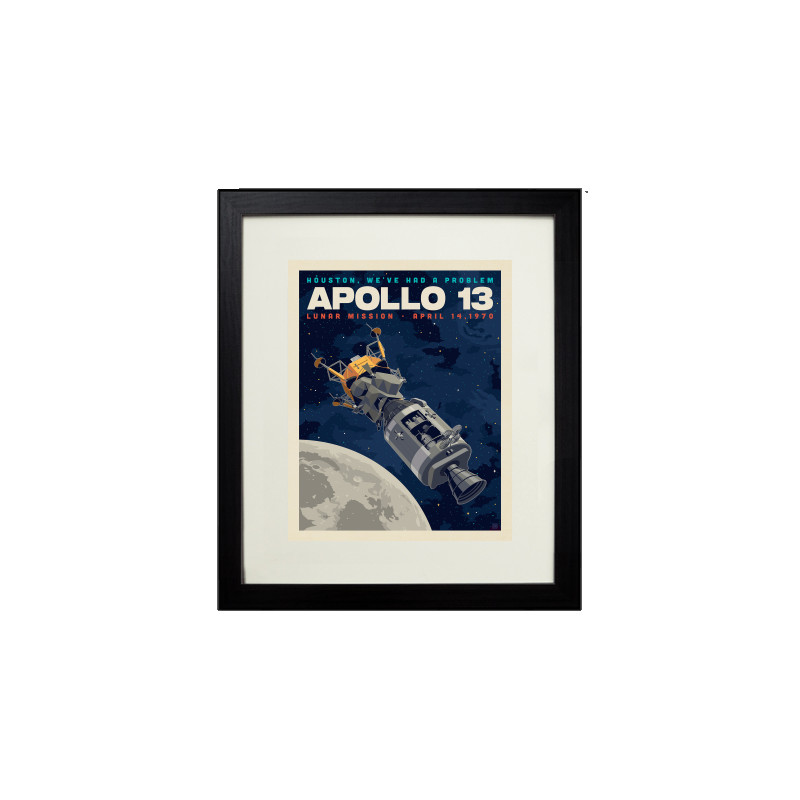 Art Print
Art Print
-
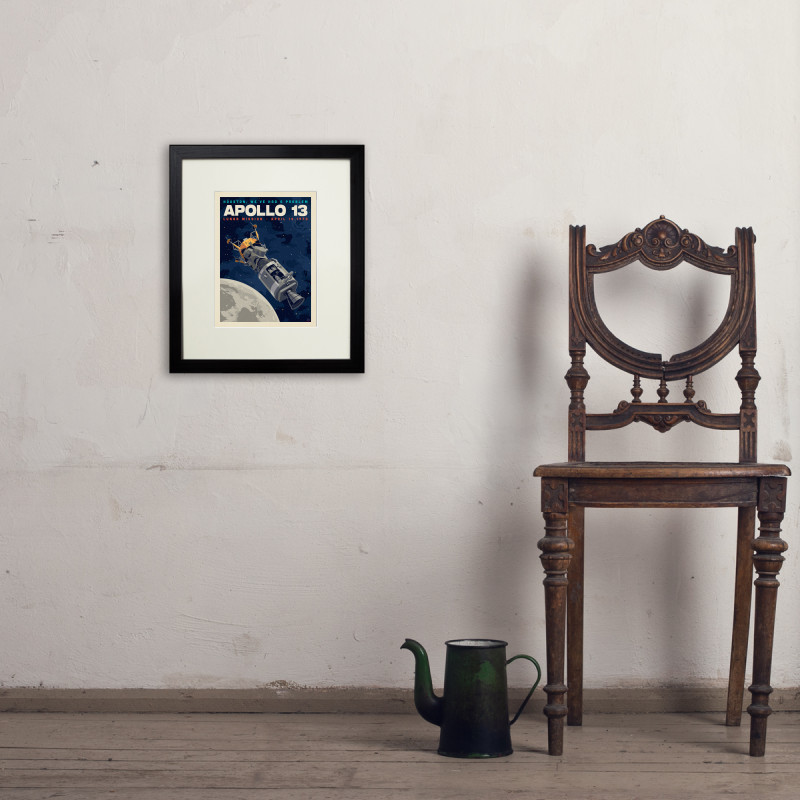 Art Print
Art Print
-
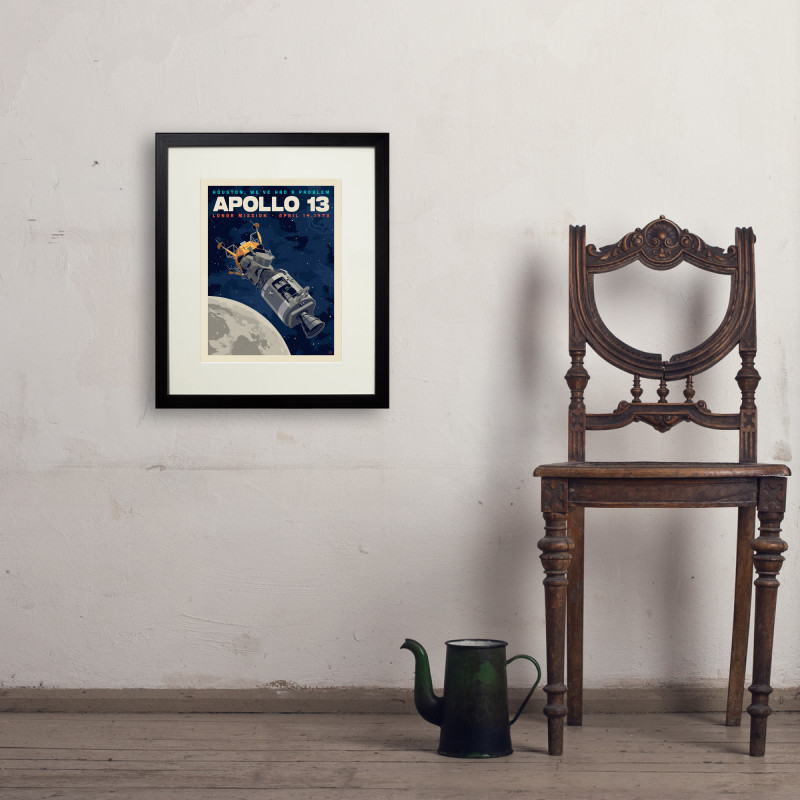 Art Print
Art Print
-
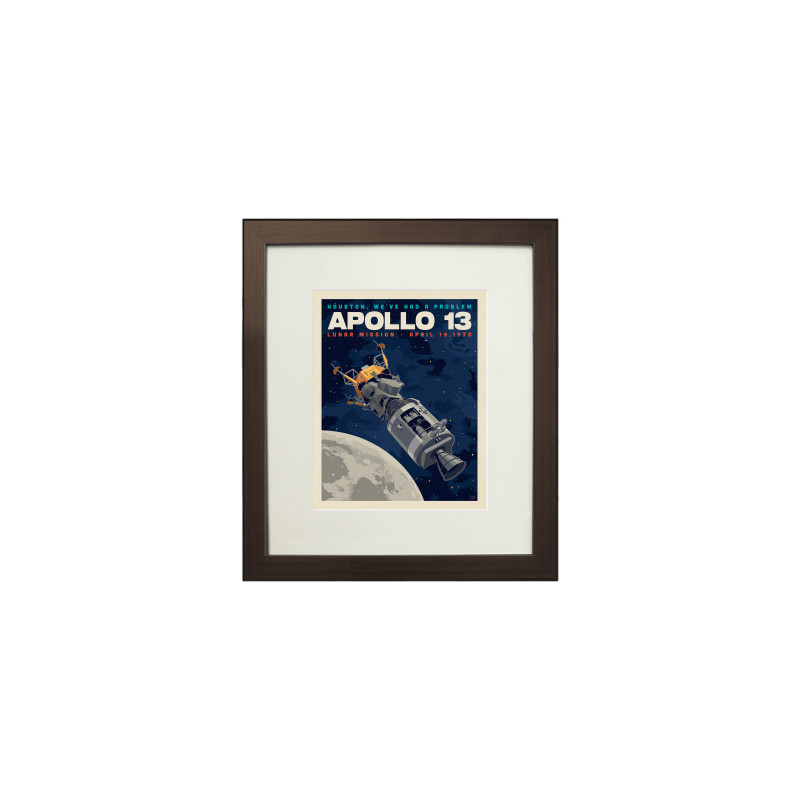 Art Print
Art Print
-
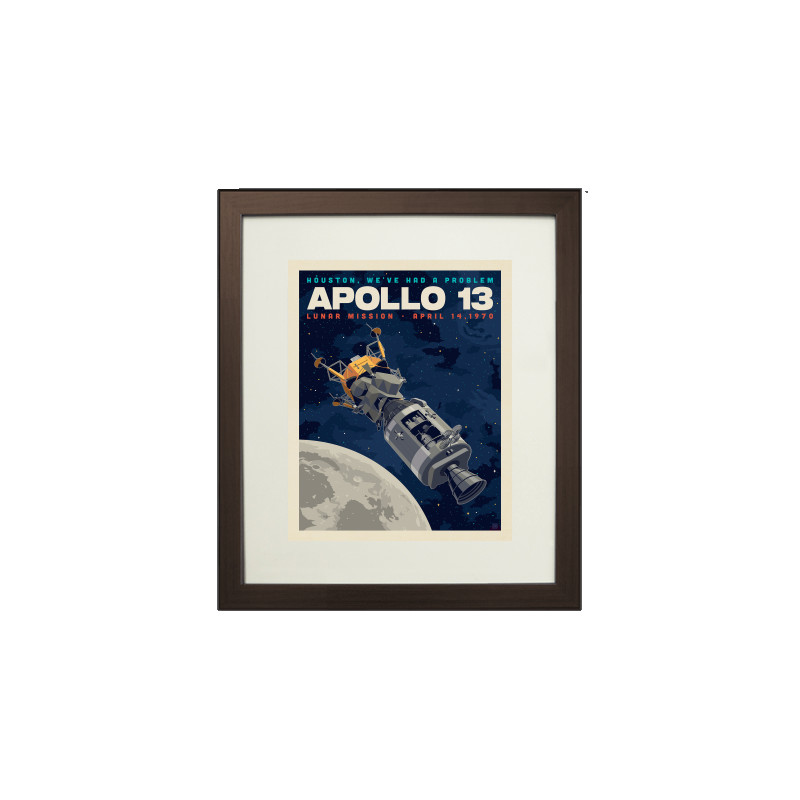 Art Print
Art Print
-
 Art Print
Art Print
-
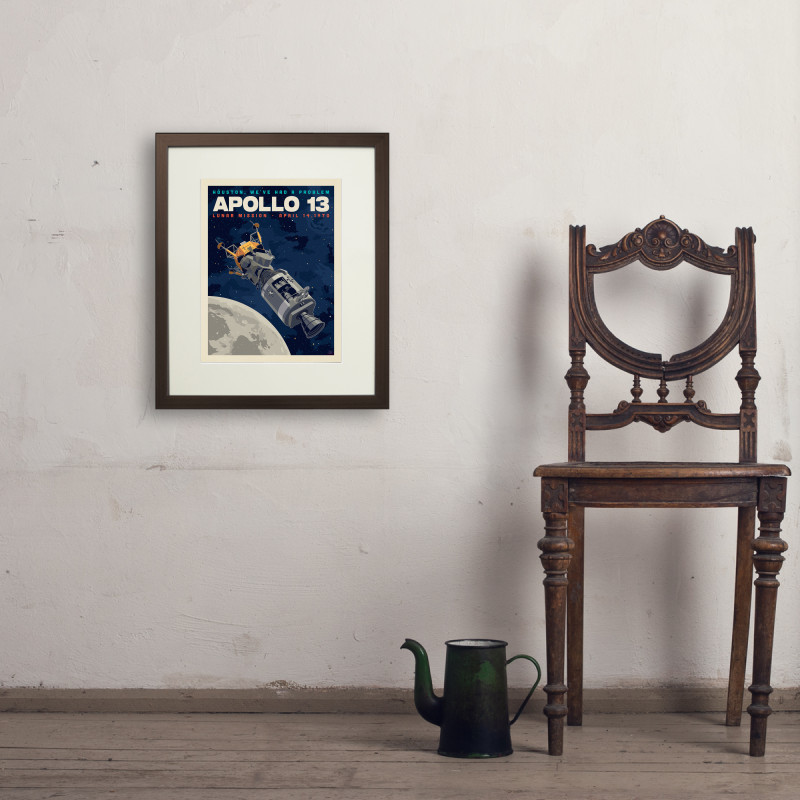 Art Print
Art Print
-
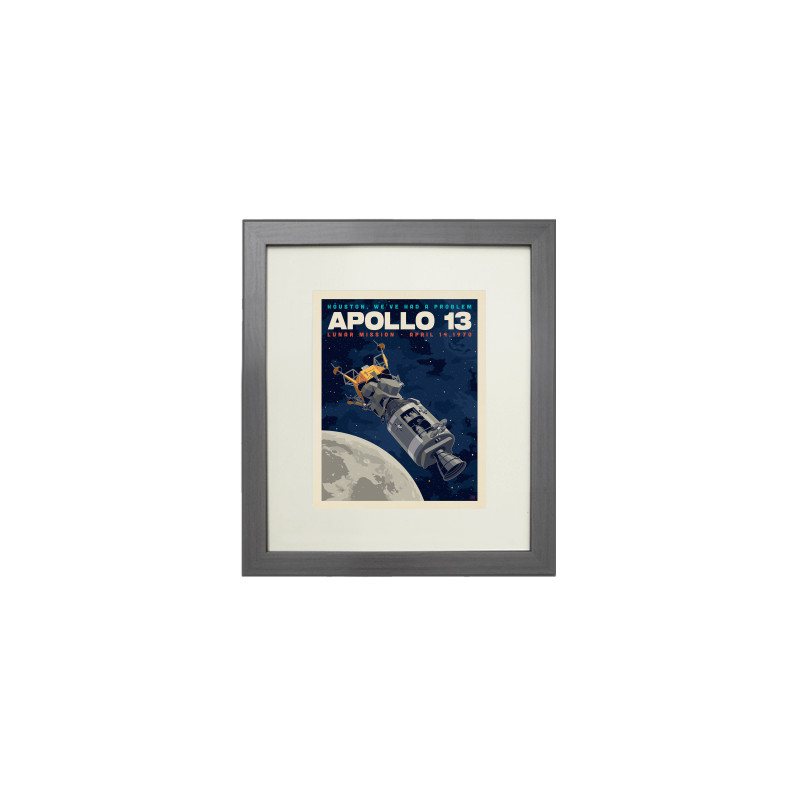 Art Print
Art Print
-
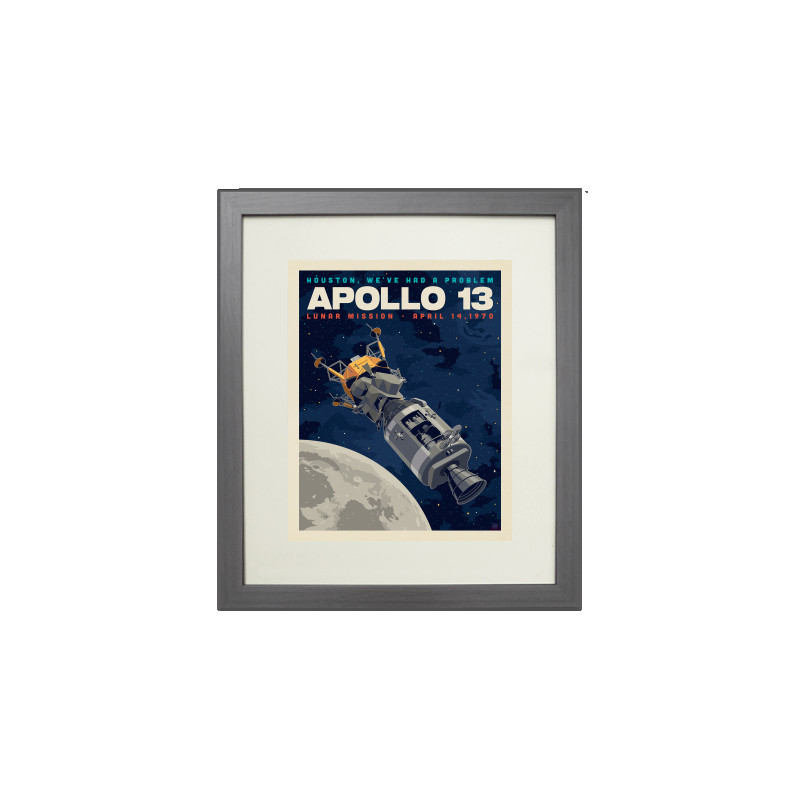 Art Print
Art Print
-
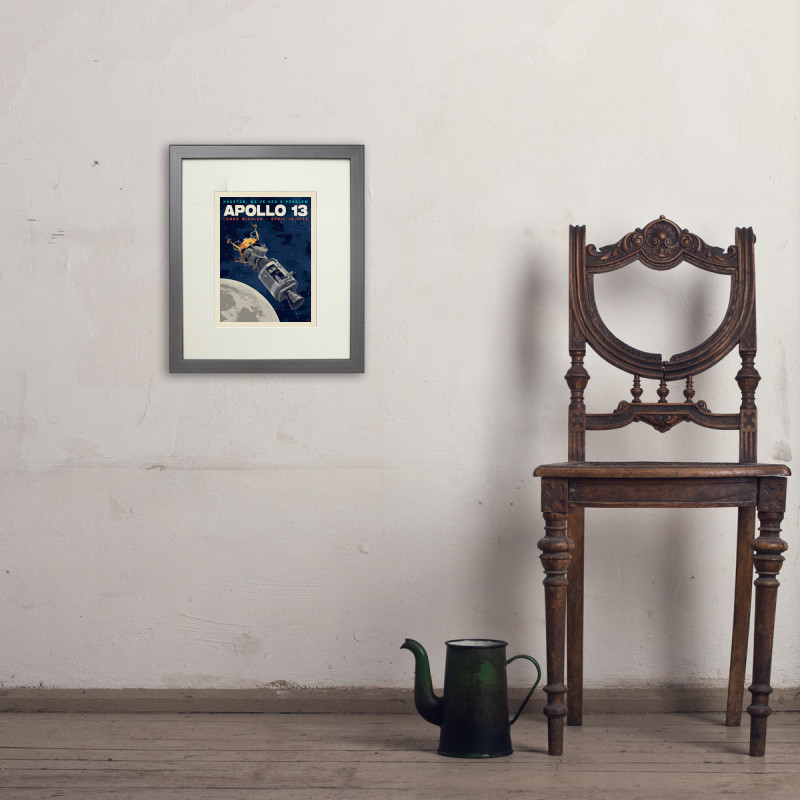 Art Print
Art Print
-
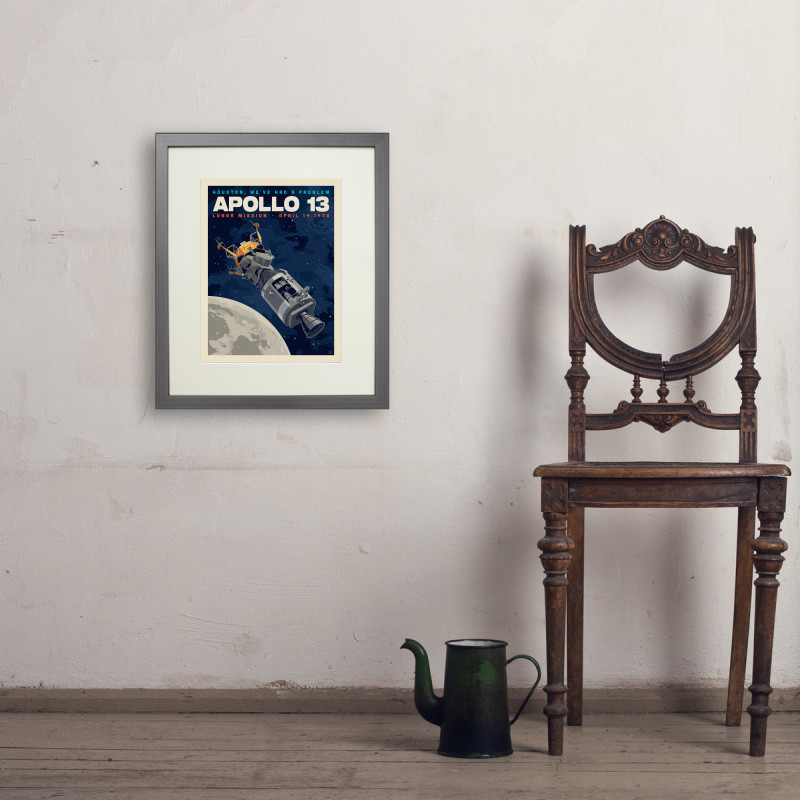 Art Print
Art Print
-
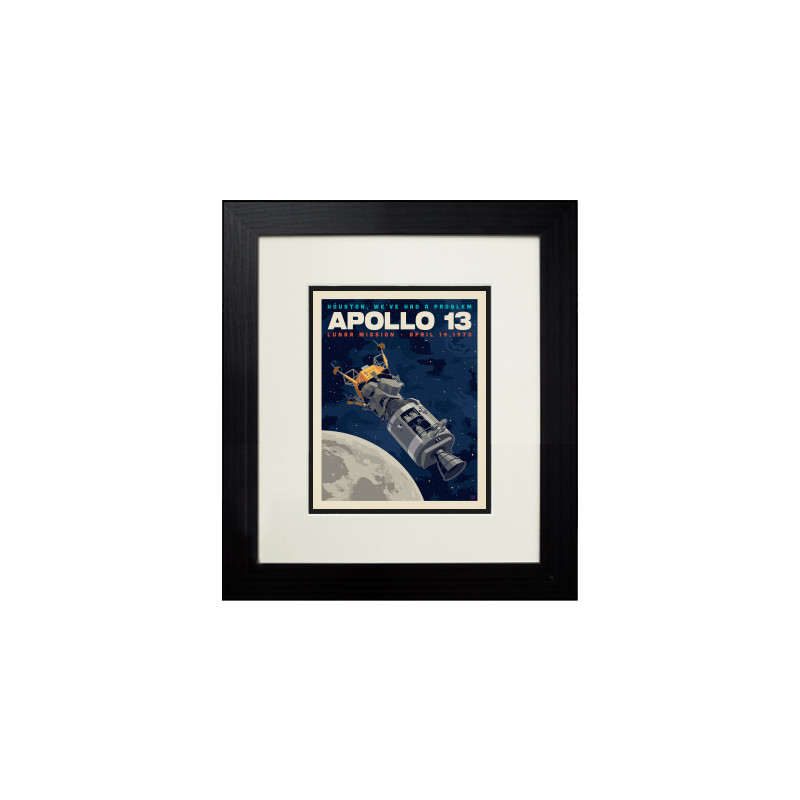 Art Print
Art Print
-
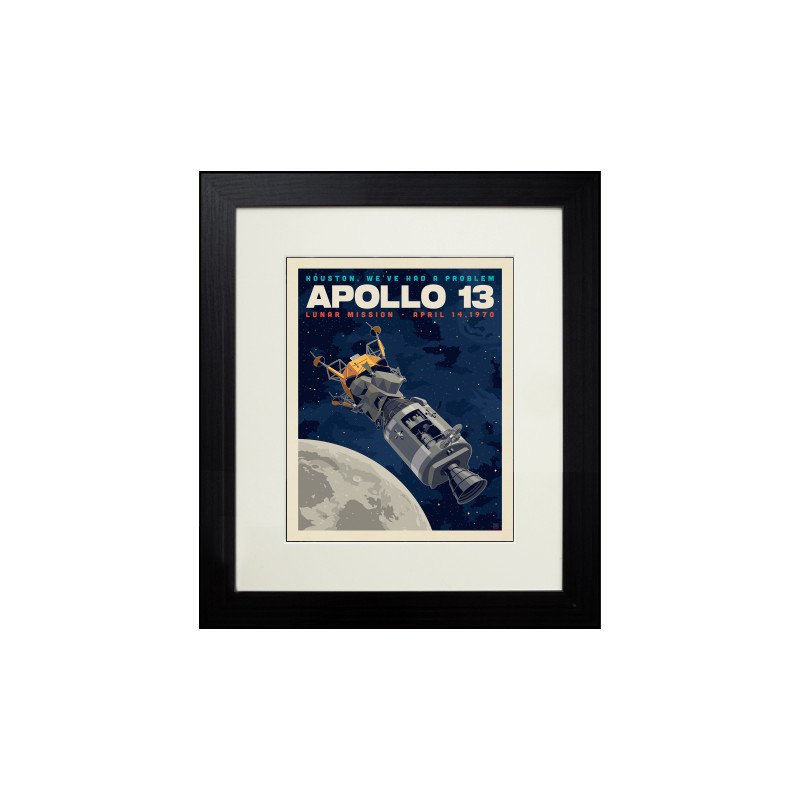 Art Print
Art Print
-
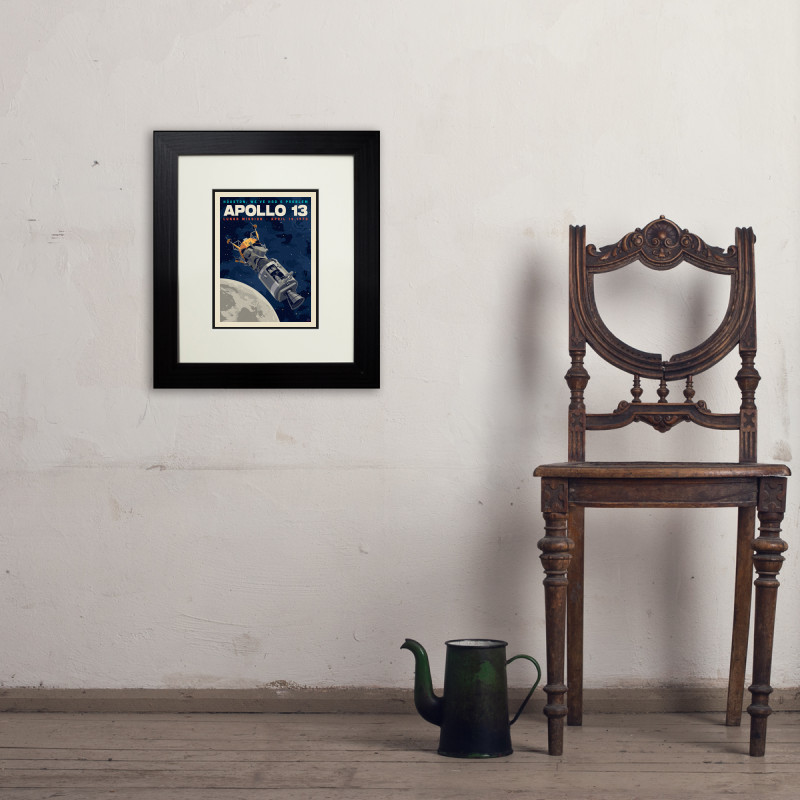 Art Print
Art Print
-
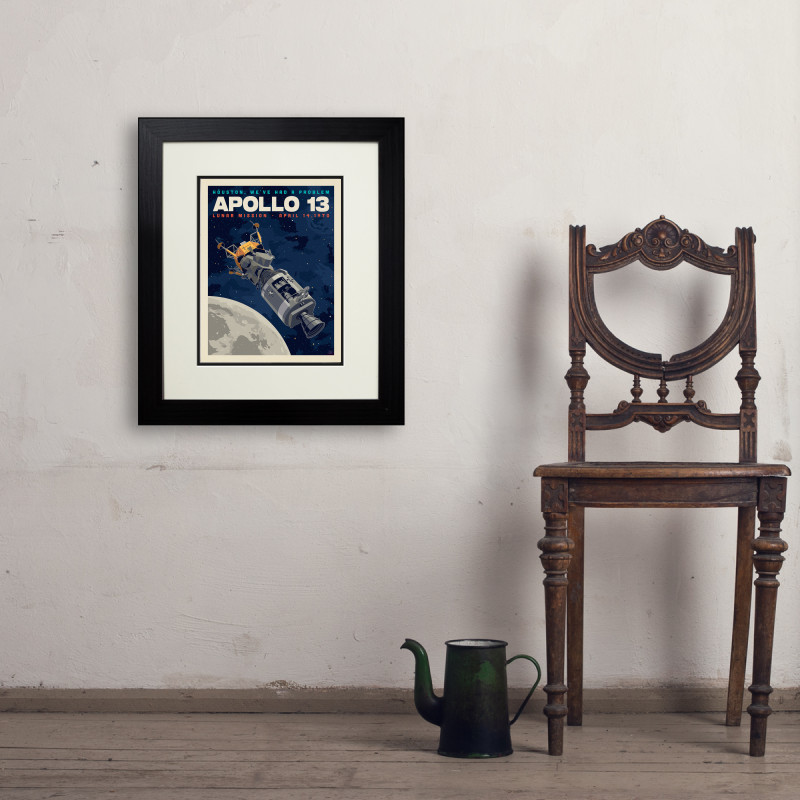 Art Print
Art Print
-
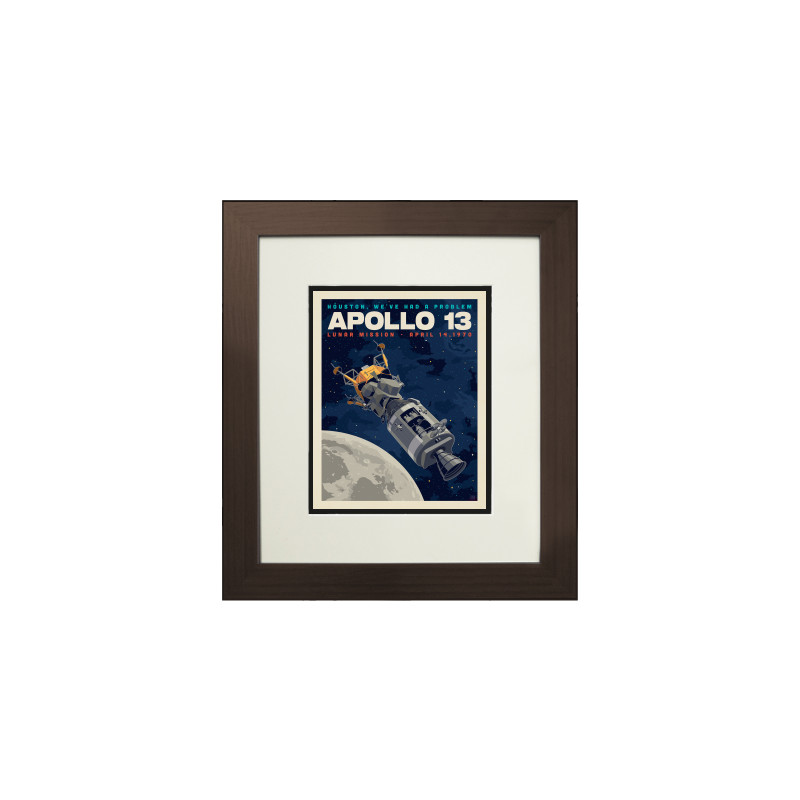 Art Print
Art Print
-
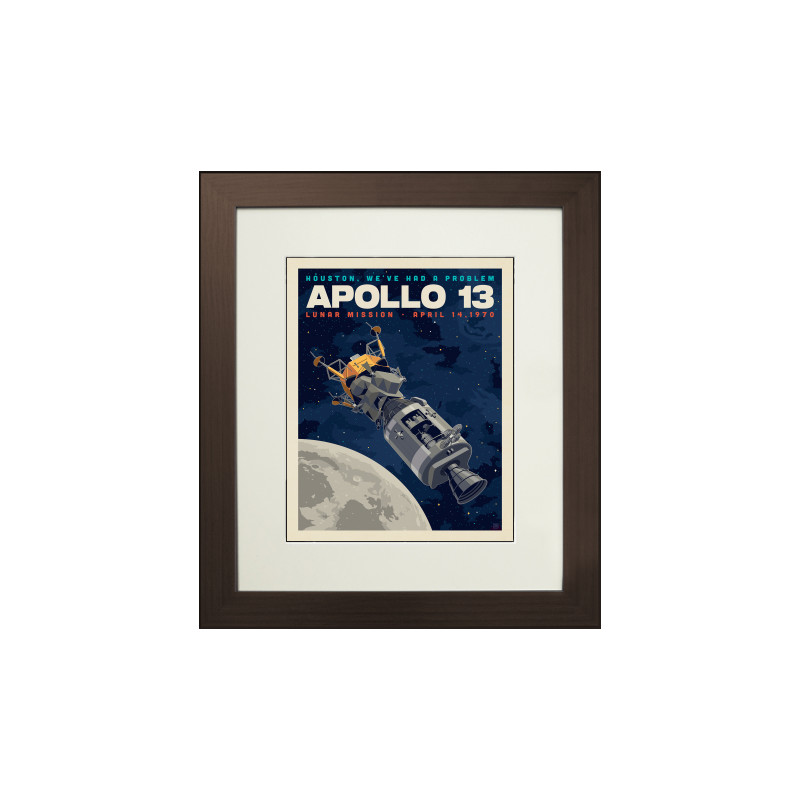 Art Print
Art Print
-
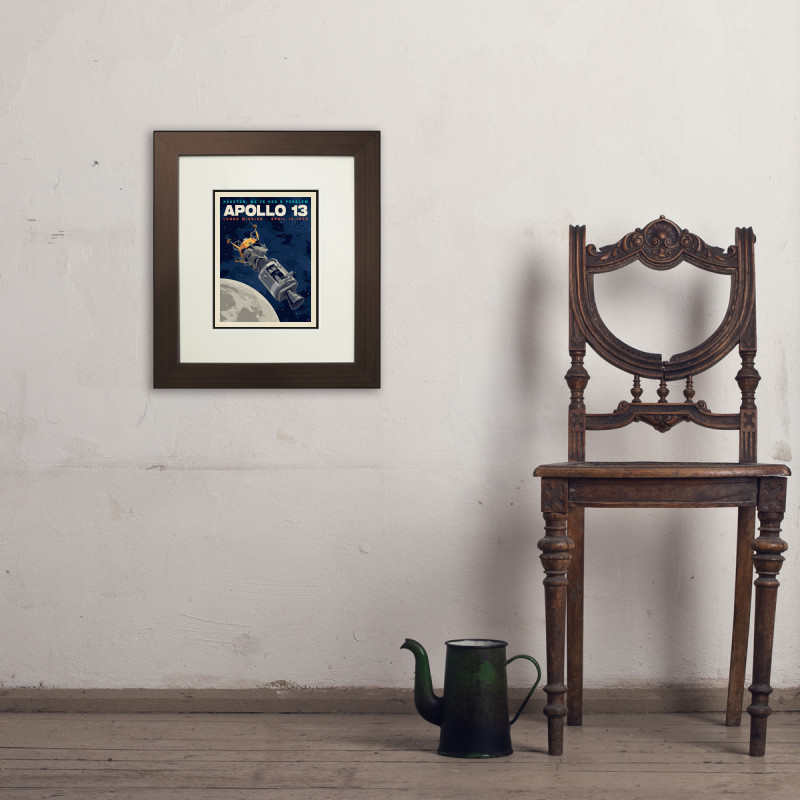 Art Print
Art Print
-
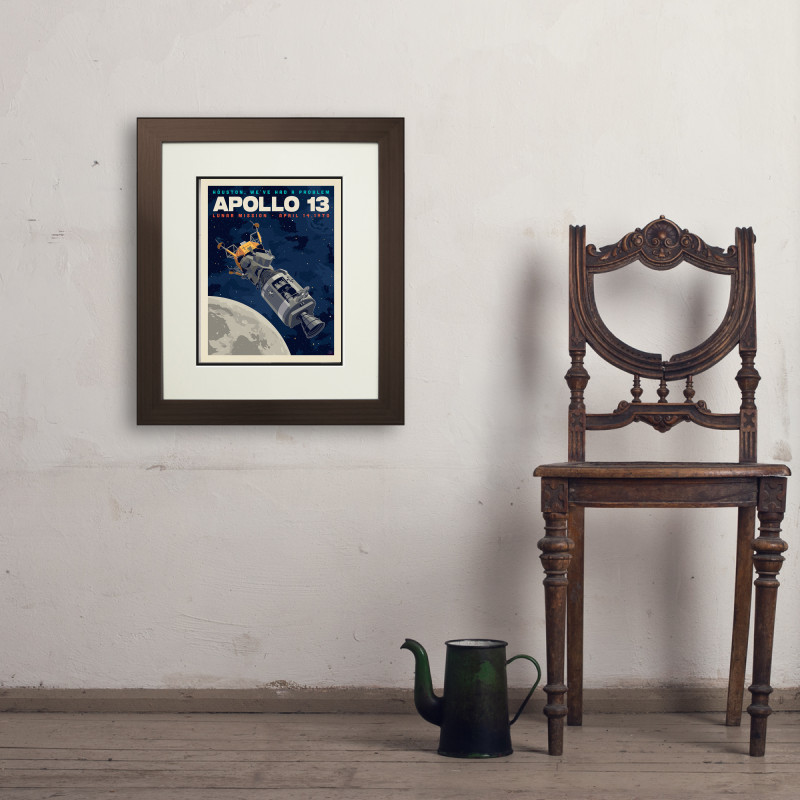 Art Print
Art Print
-
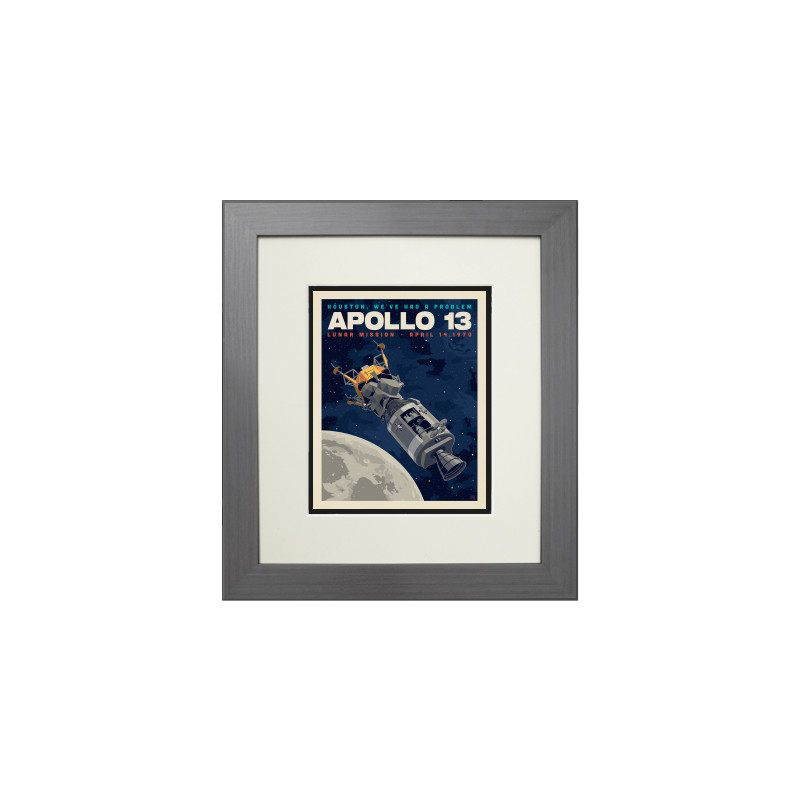 Art Print
Art Print
-
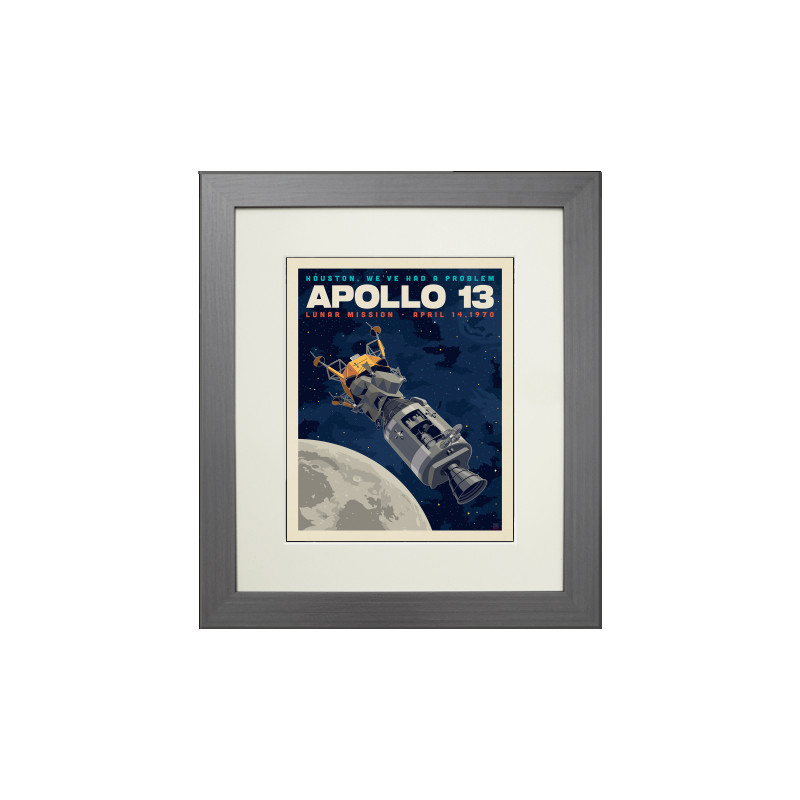 Art Print
Art Print
-
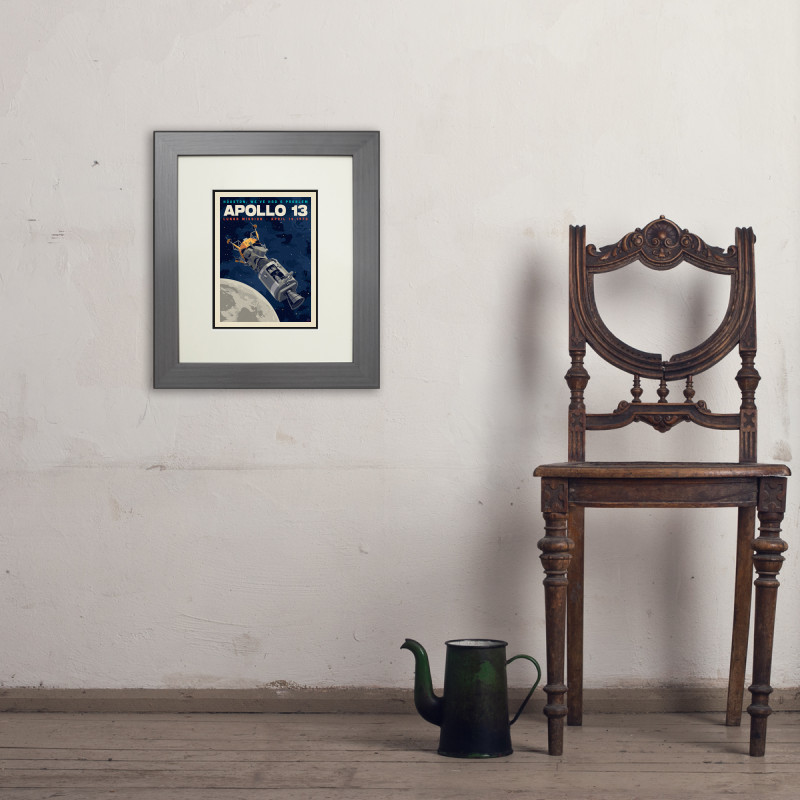 Art Print
Art Print
-
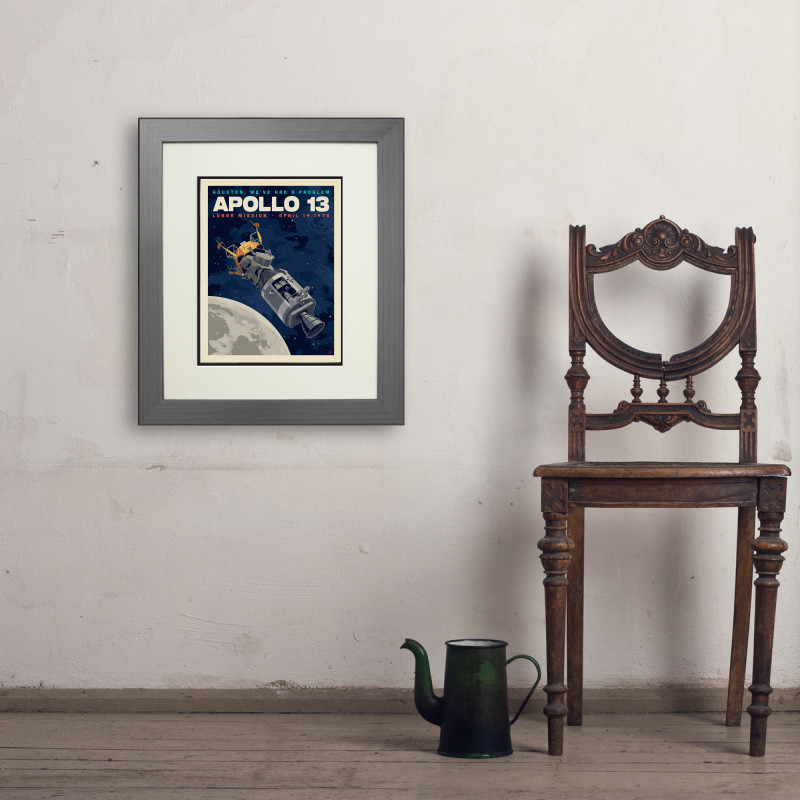 Art Print
Art Print
-
 Art Print
Art Print
-
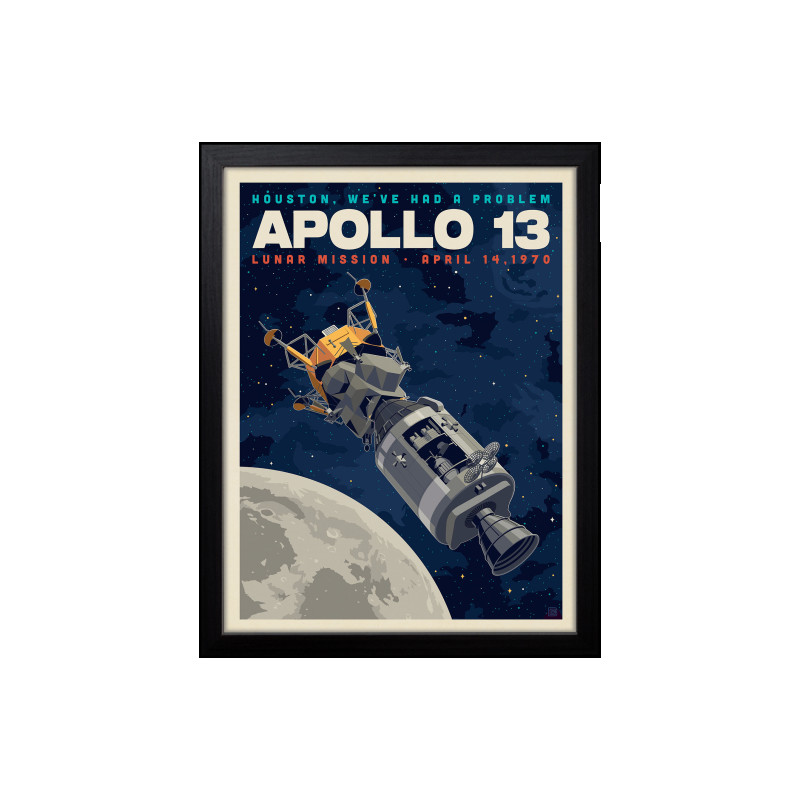 Art Print
Art Print
-
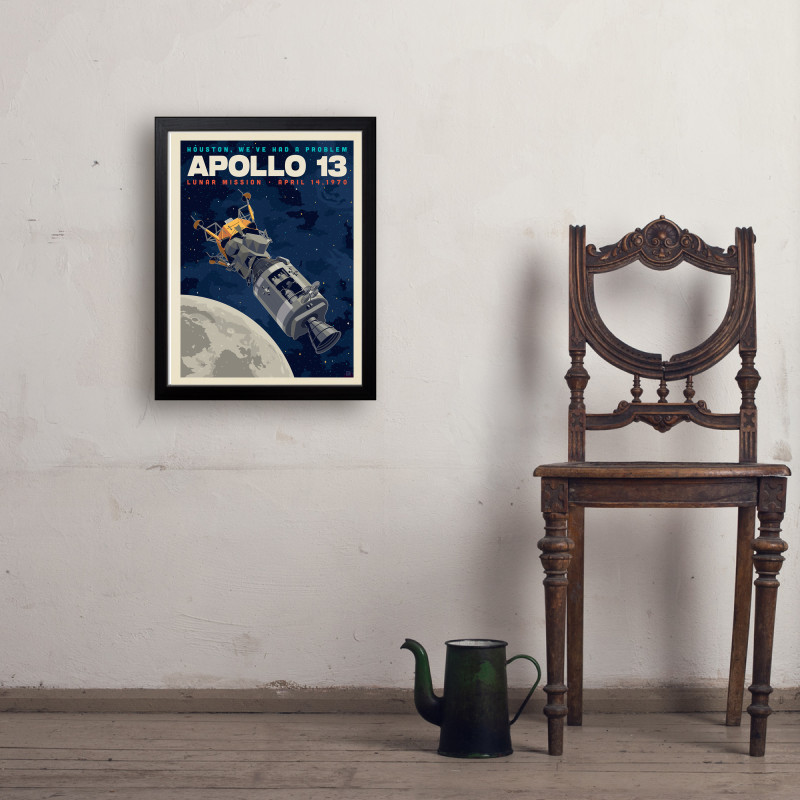 Art Print
Art Print
-
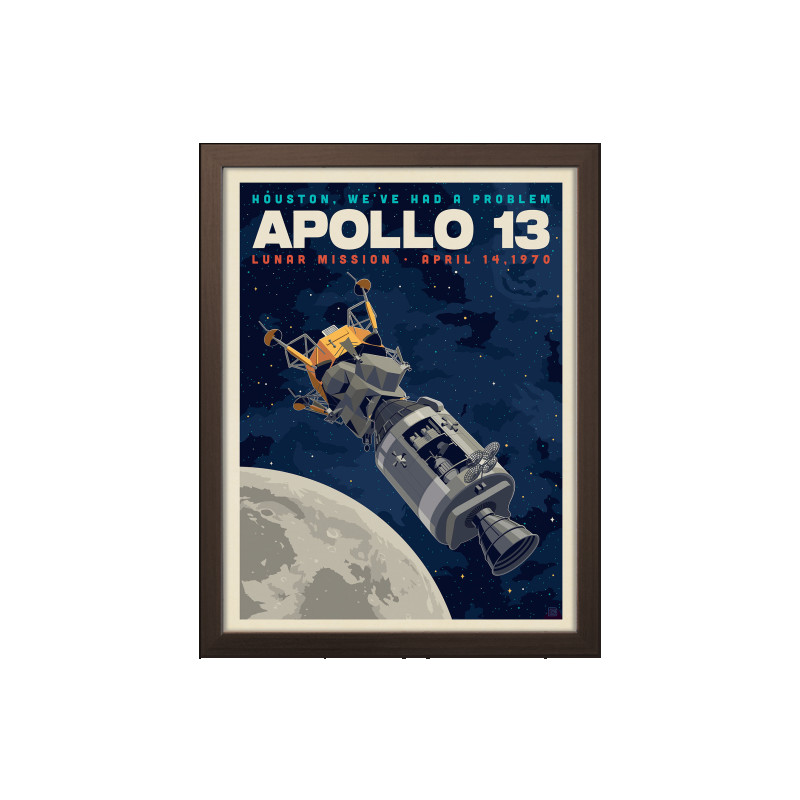 Art Print
Art Print
-
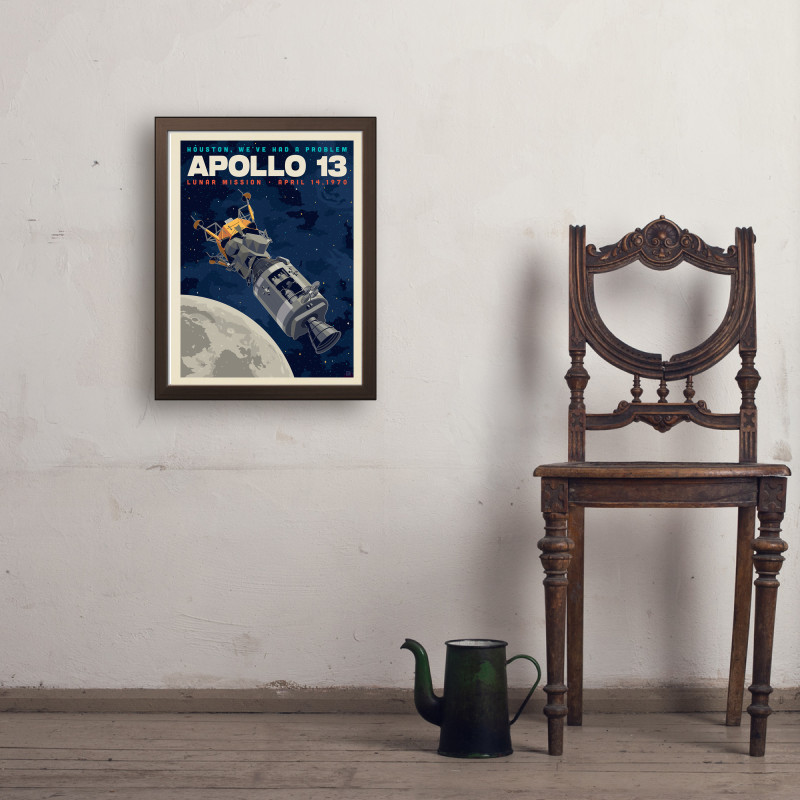 Art Print
Art Print
-
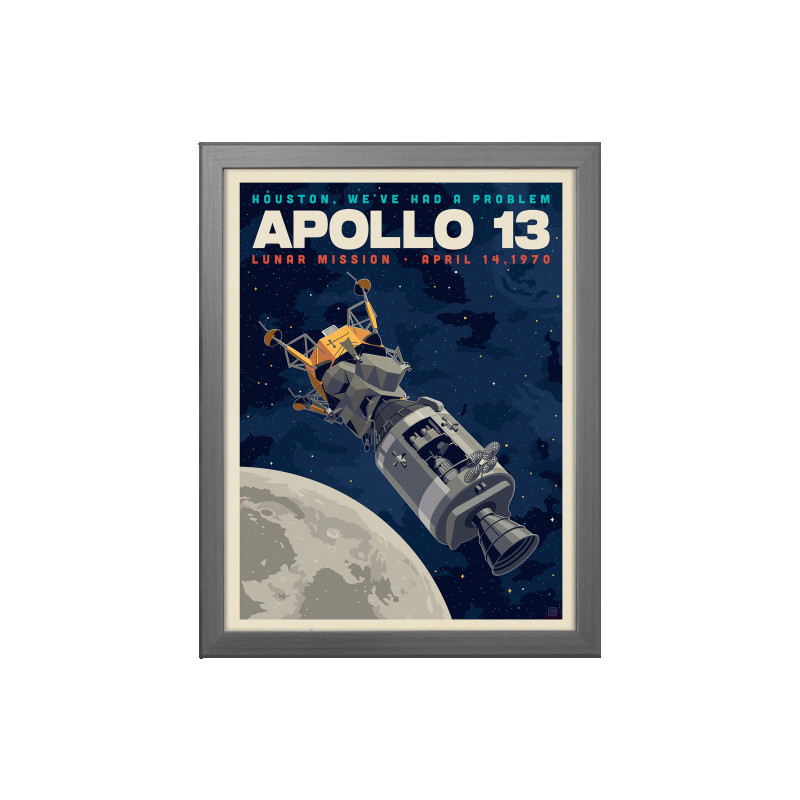 Art Print
Art Print
-
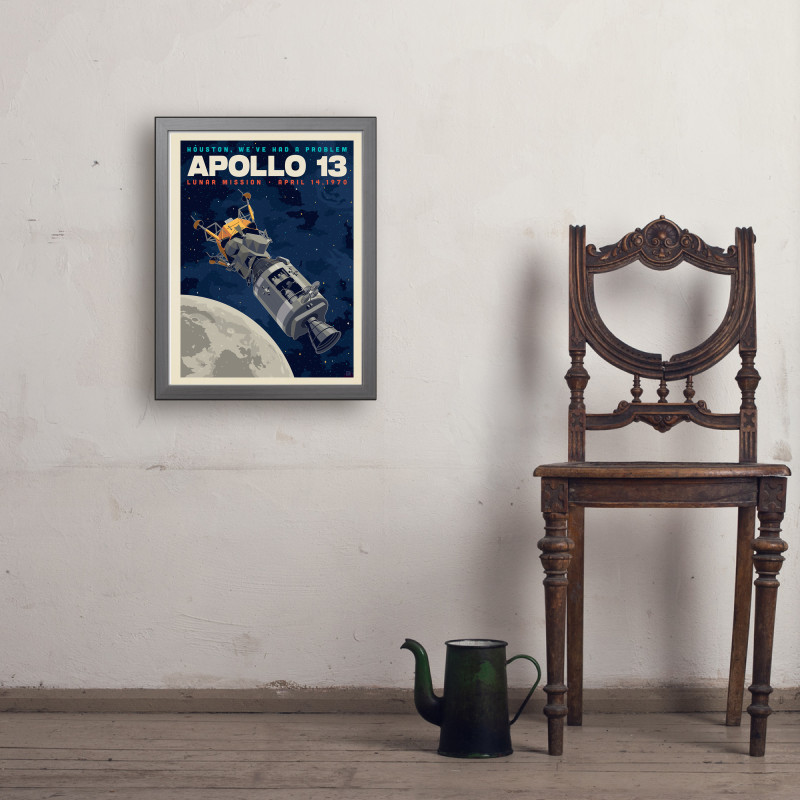 Art Print
Art Print
-
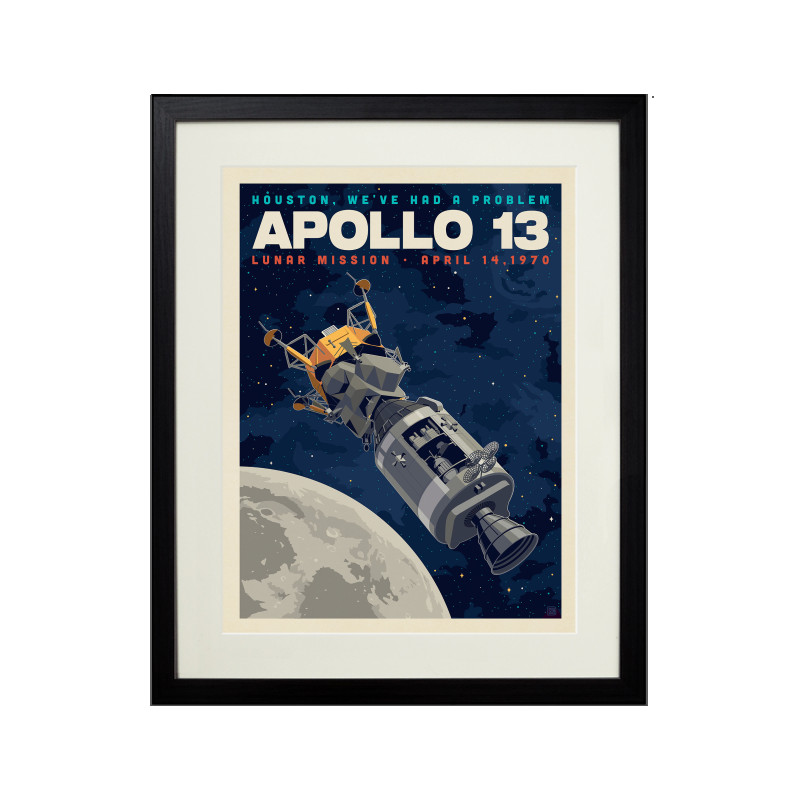 Art Print
Art Print
-
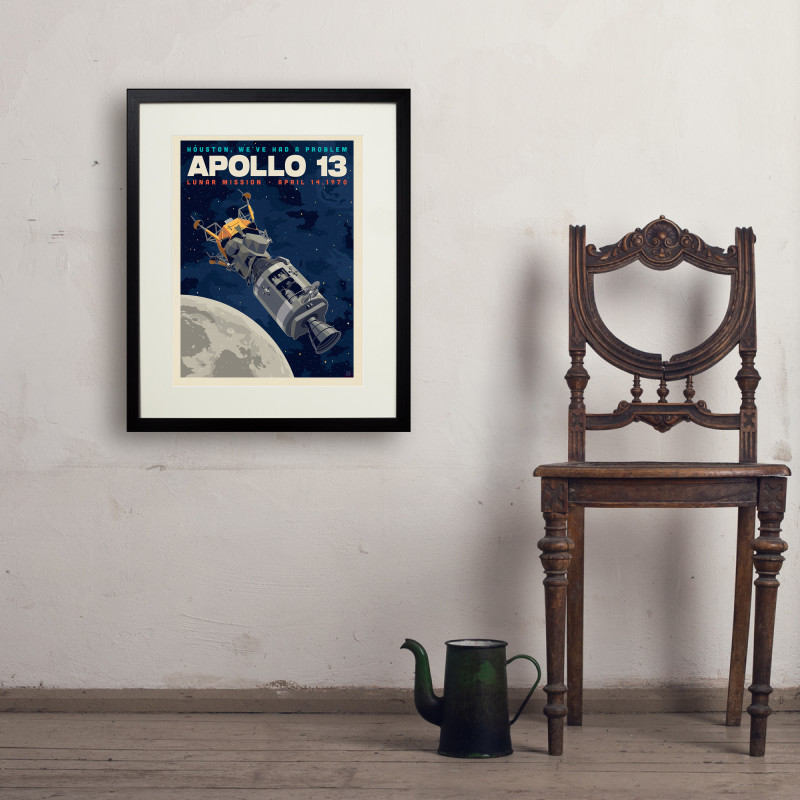 Art Print
Art Print
-
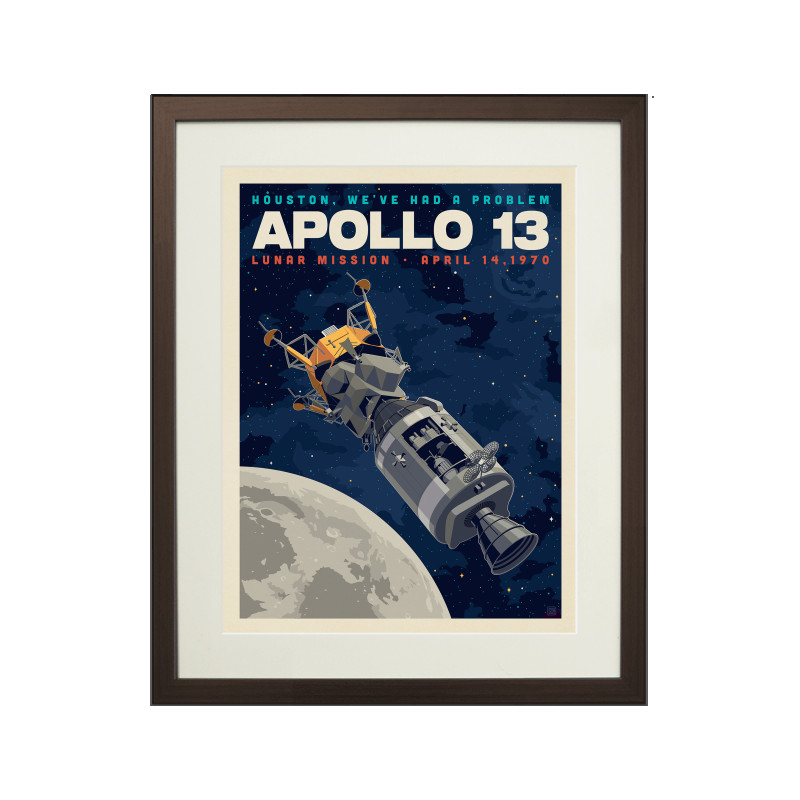 Art Print
Art Print
-
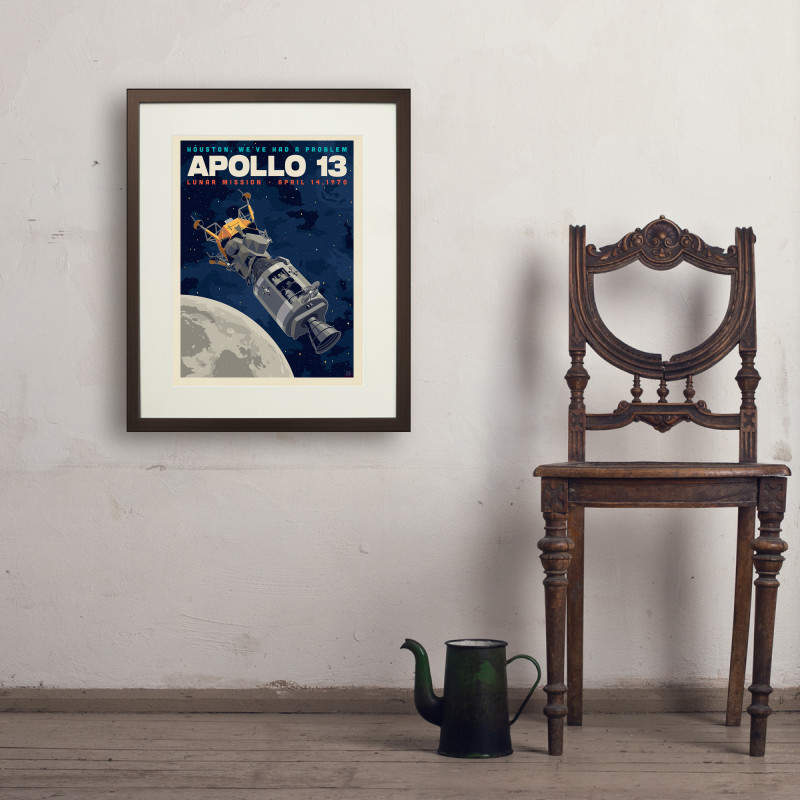 Art Print
Art Print
-
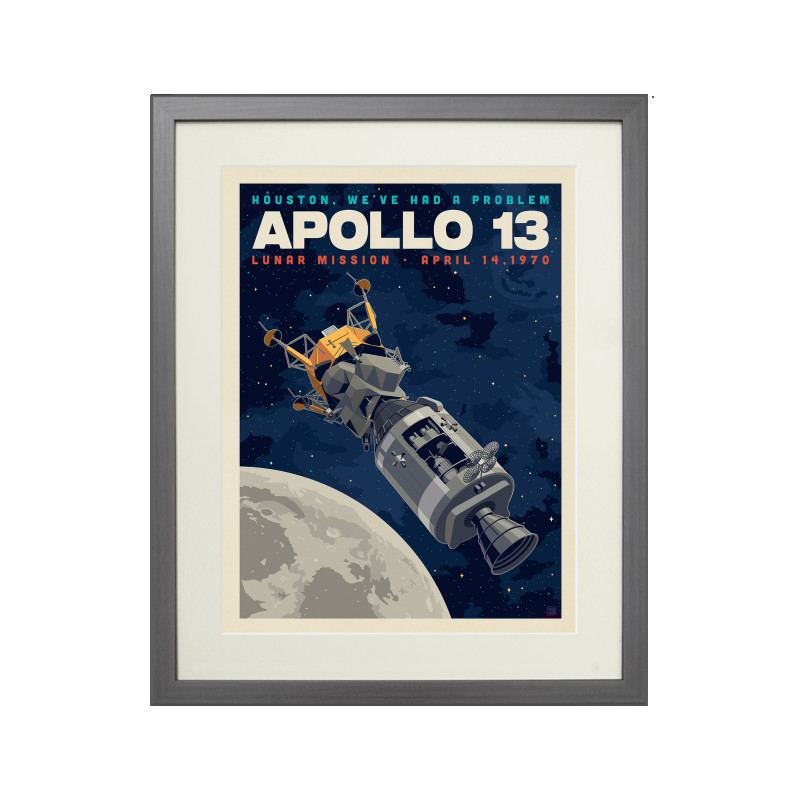 Art Print
Art Print
-
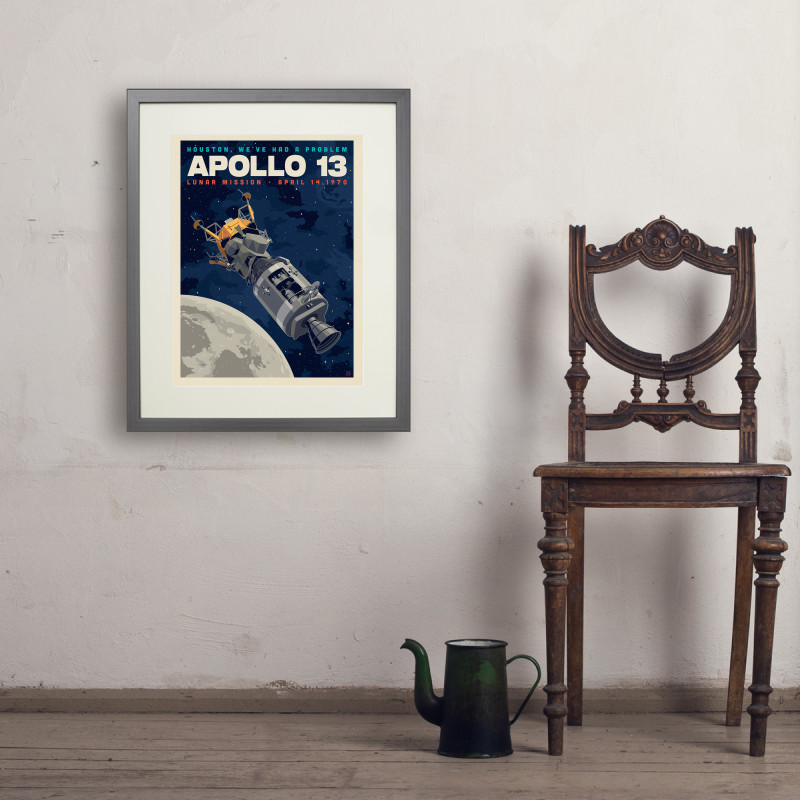 Art Print
Art Print
-
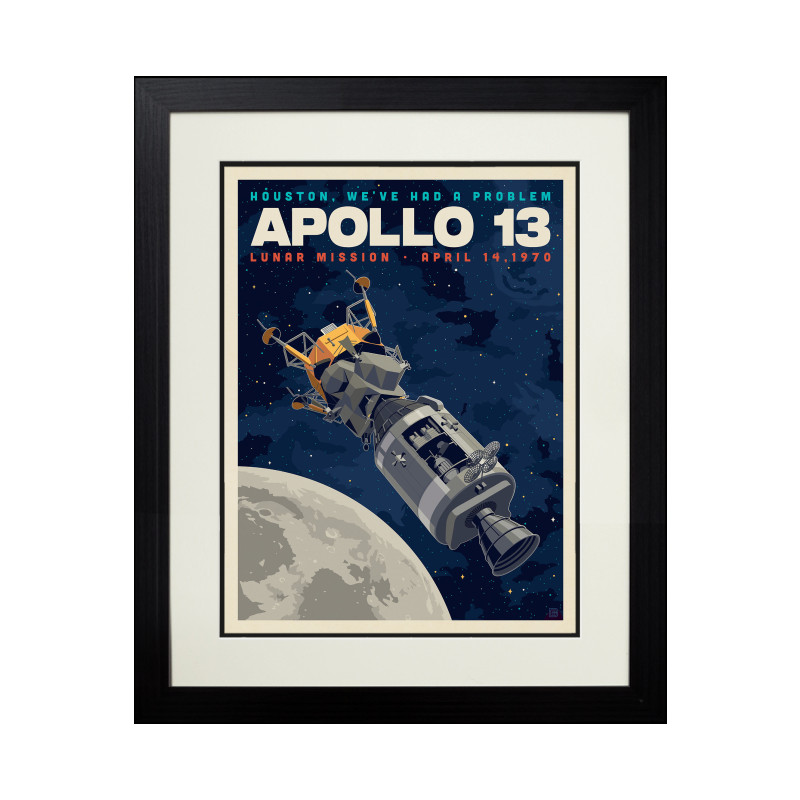 Art Print
Art Print
-
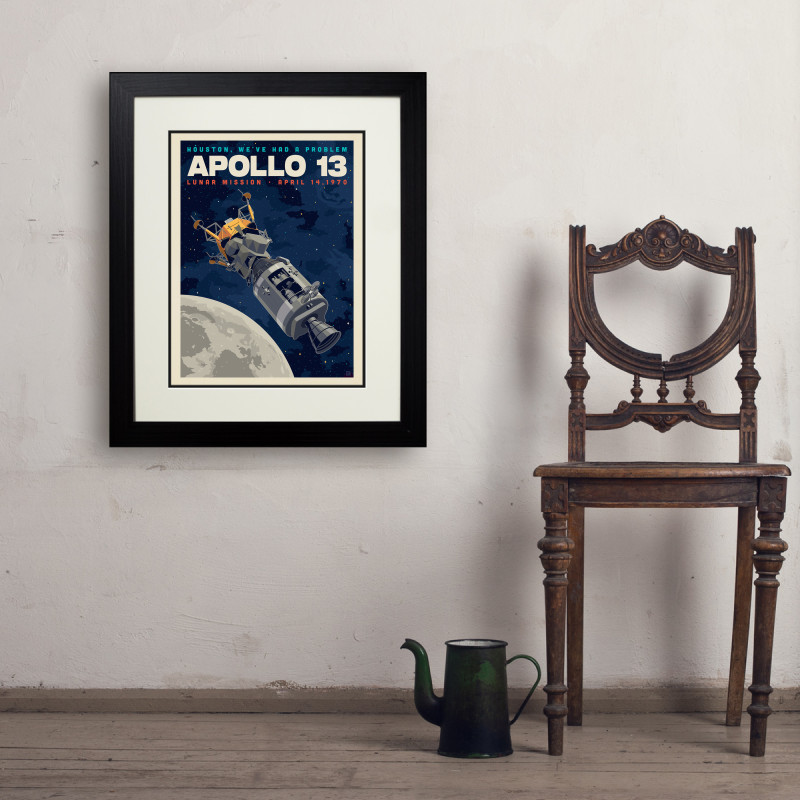 Art Print
Art Print
-
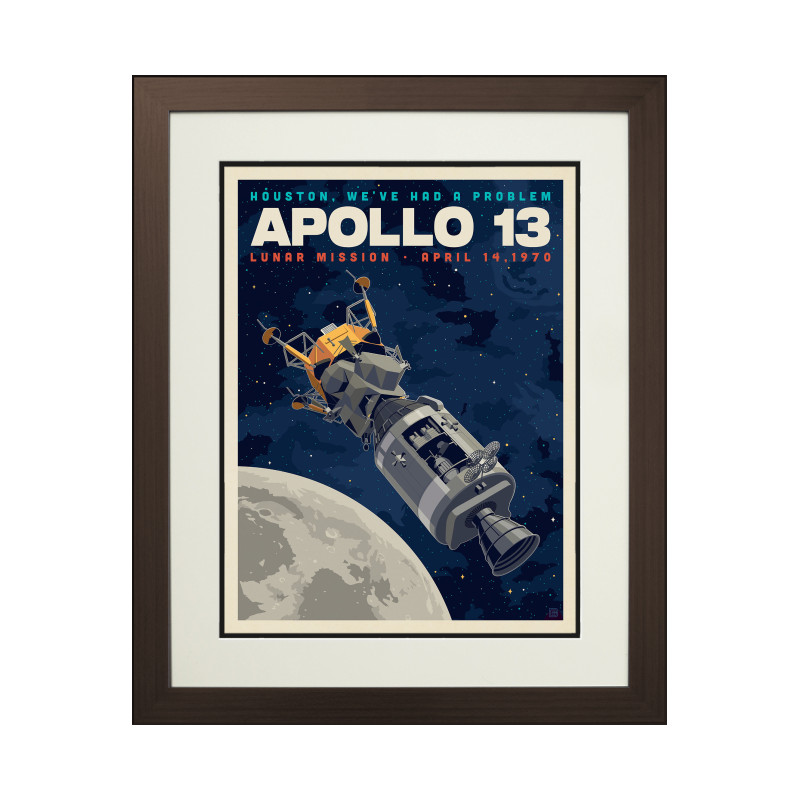 Art Print
Art Print
-
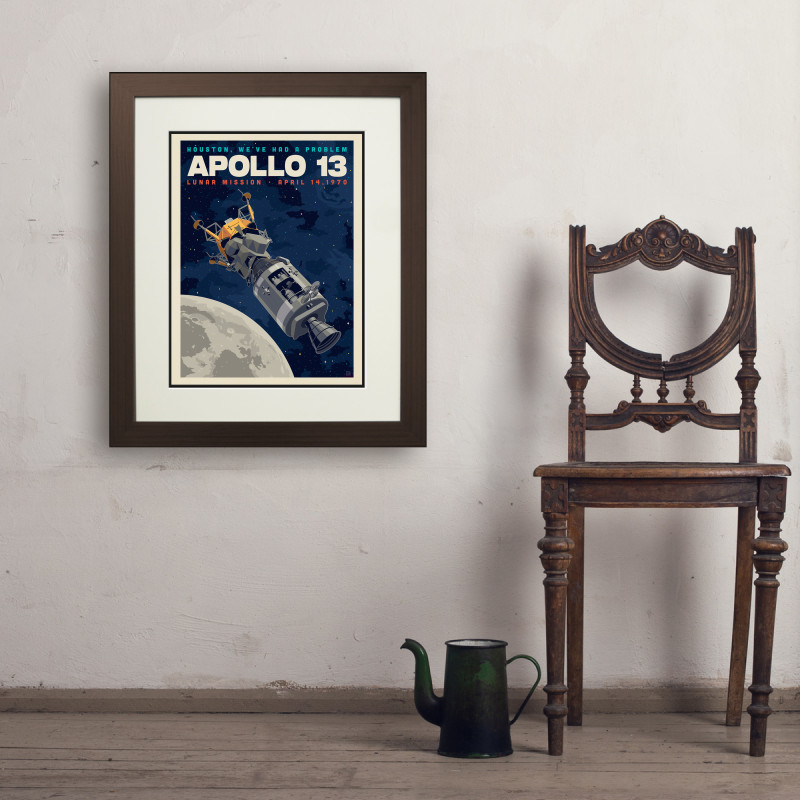 Art Print
Art Print
-
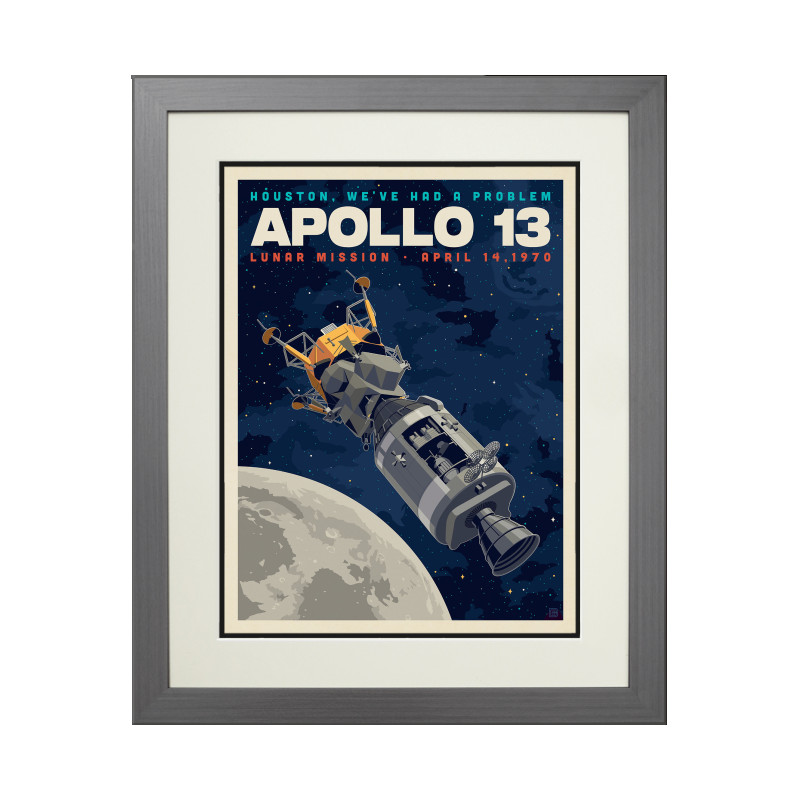 Art Print
Art Print
-
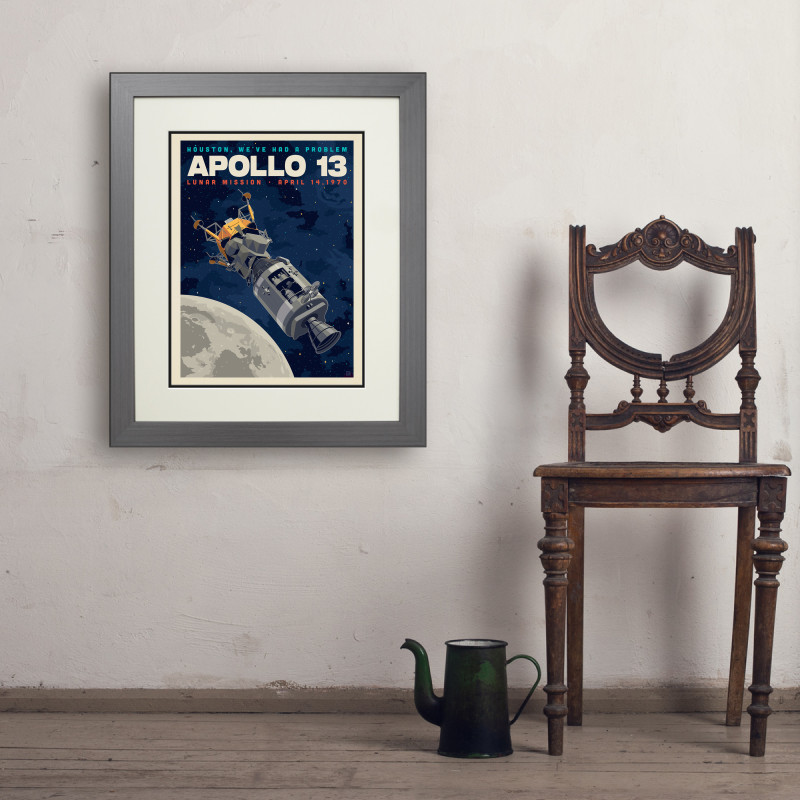 Art Print
Art Print
-
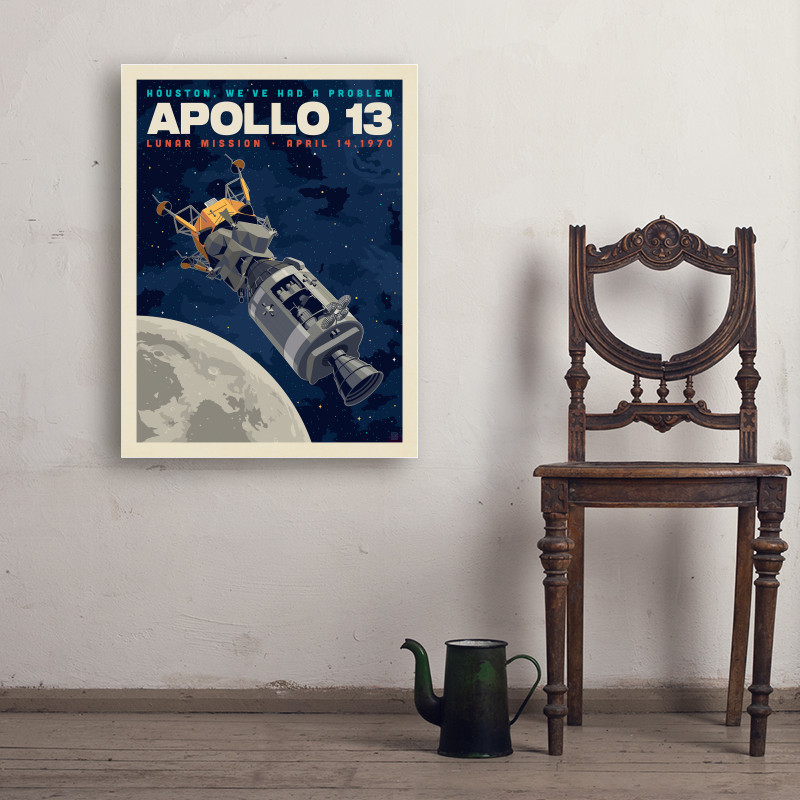 Art Print
Art Print
-
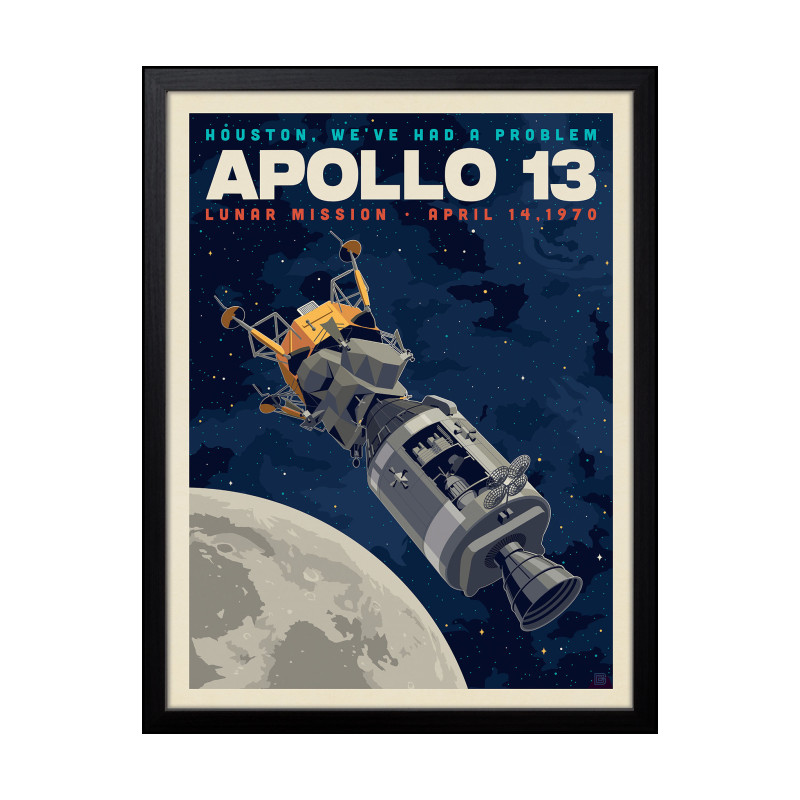 Art Print
Art Print
-
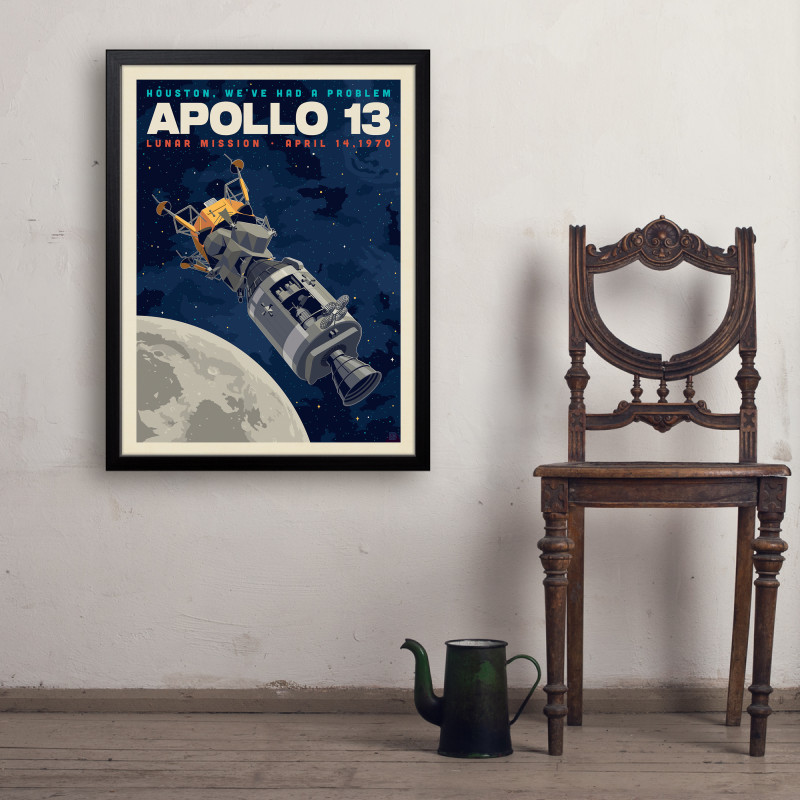 Art Print
Art Print
-
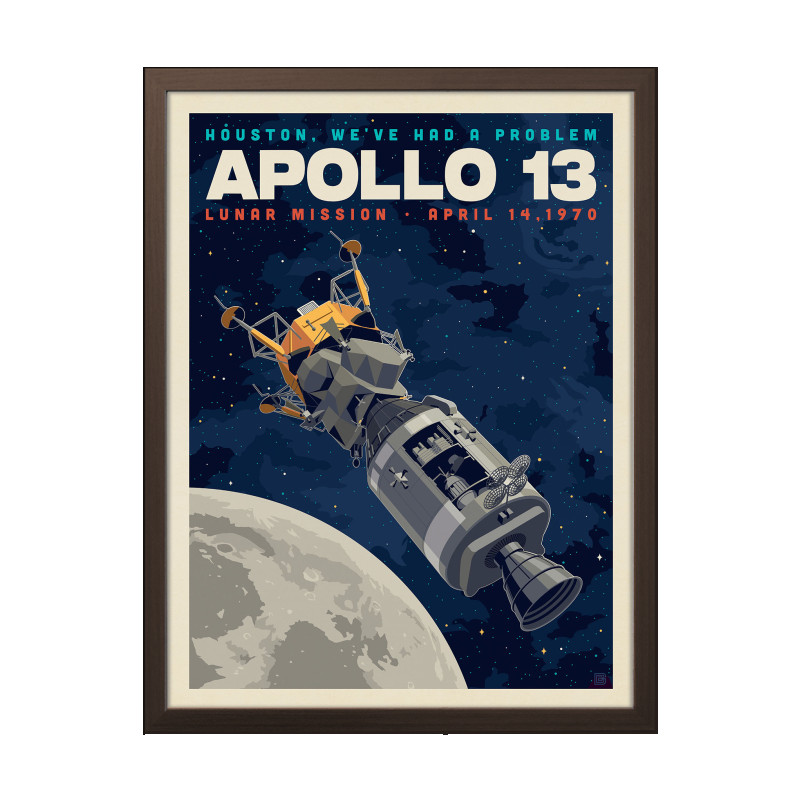 Art Print
Art Print
-
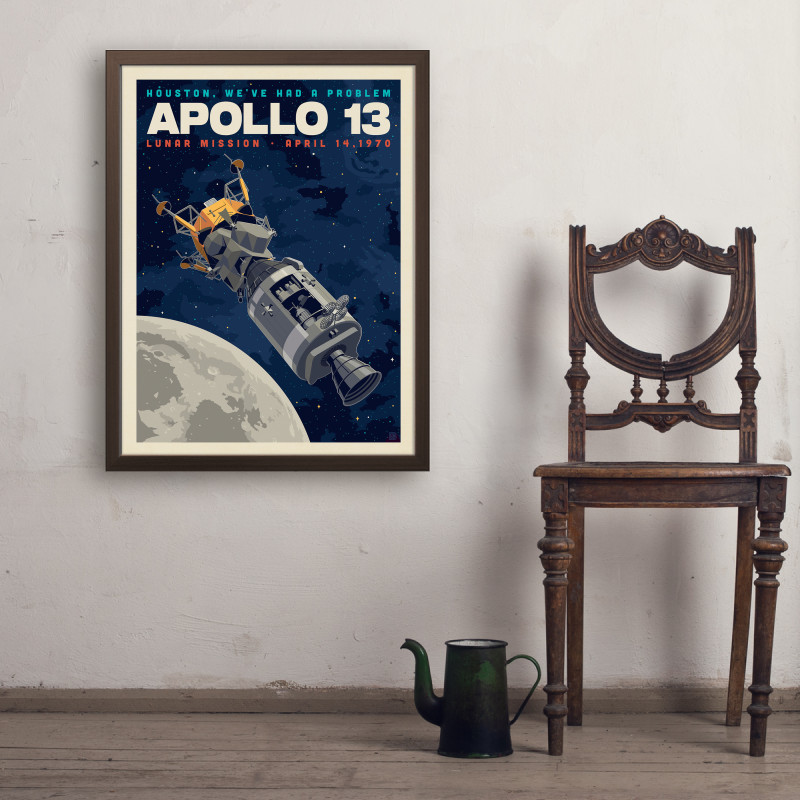 Art Print
Art Print
-
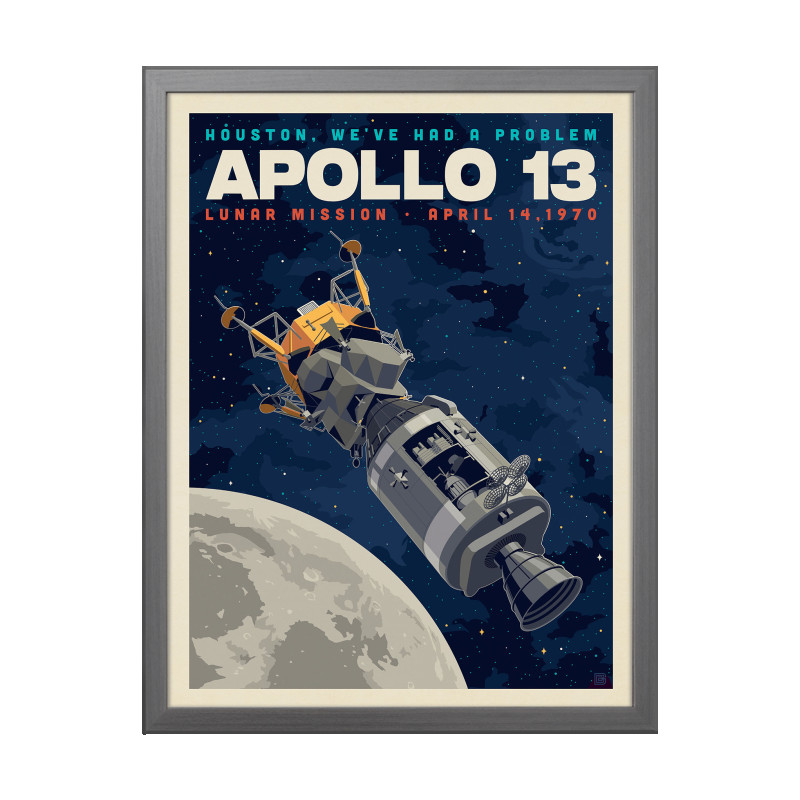 Art Print
Art Print
-
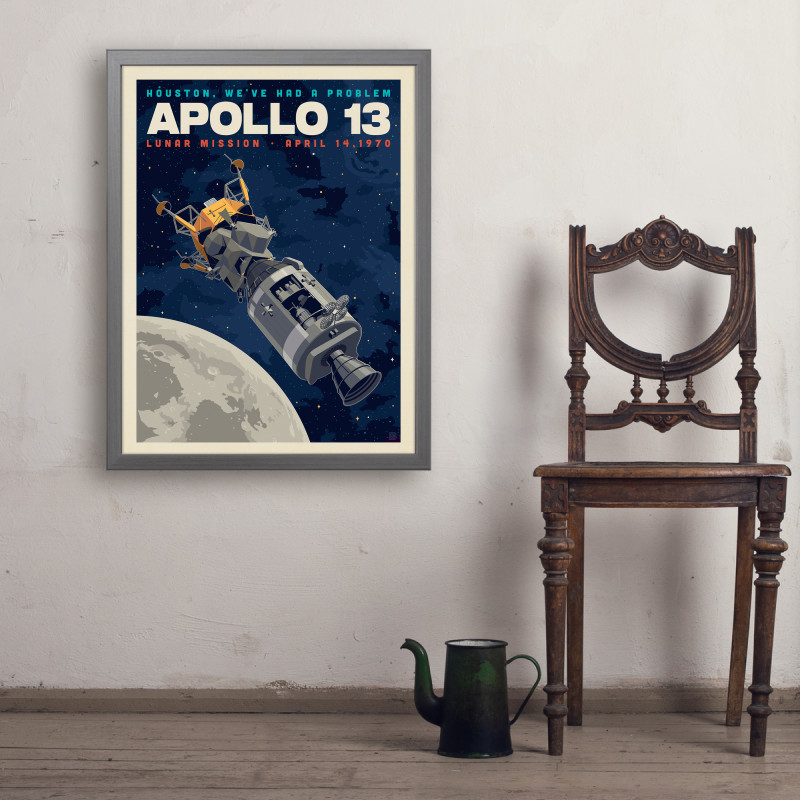 Art Print
Art Print
-
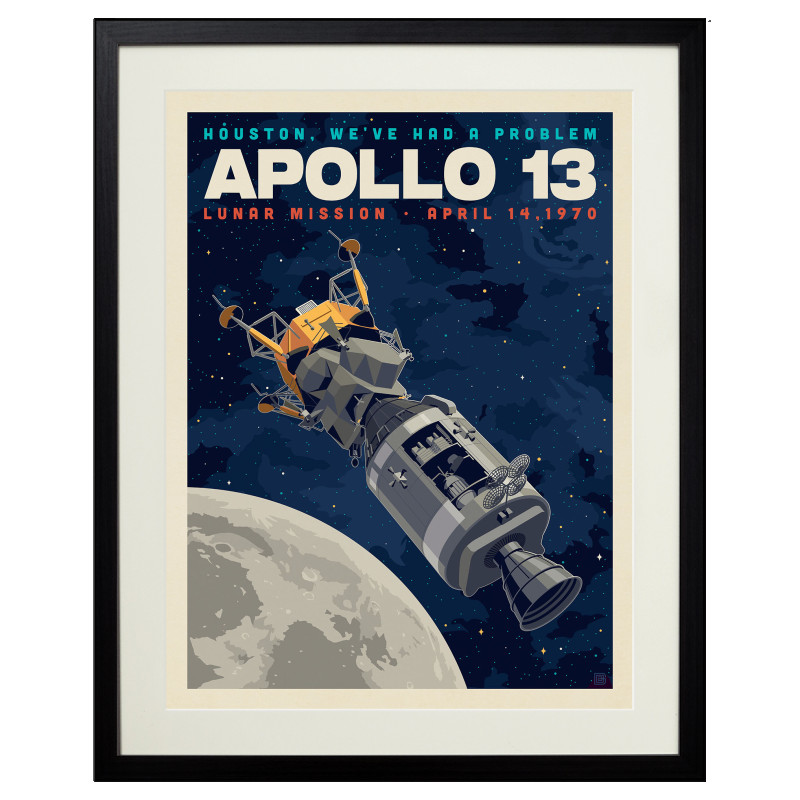 Art Print
Art Print
-
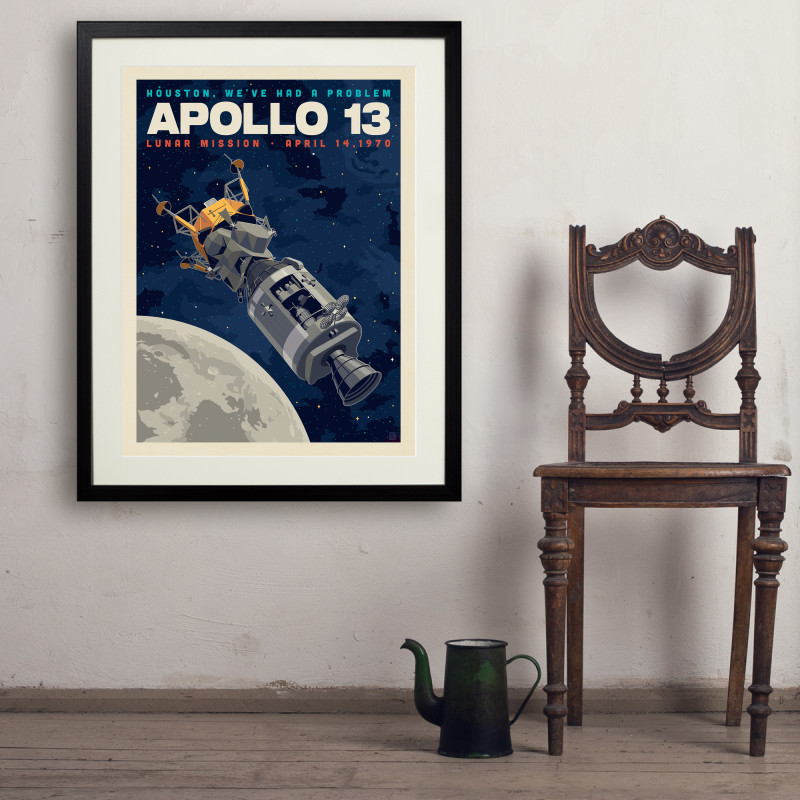 Art Print
Art Print
-
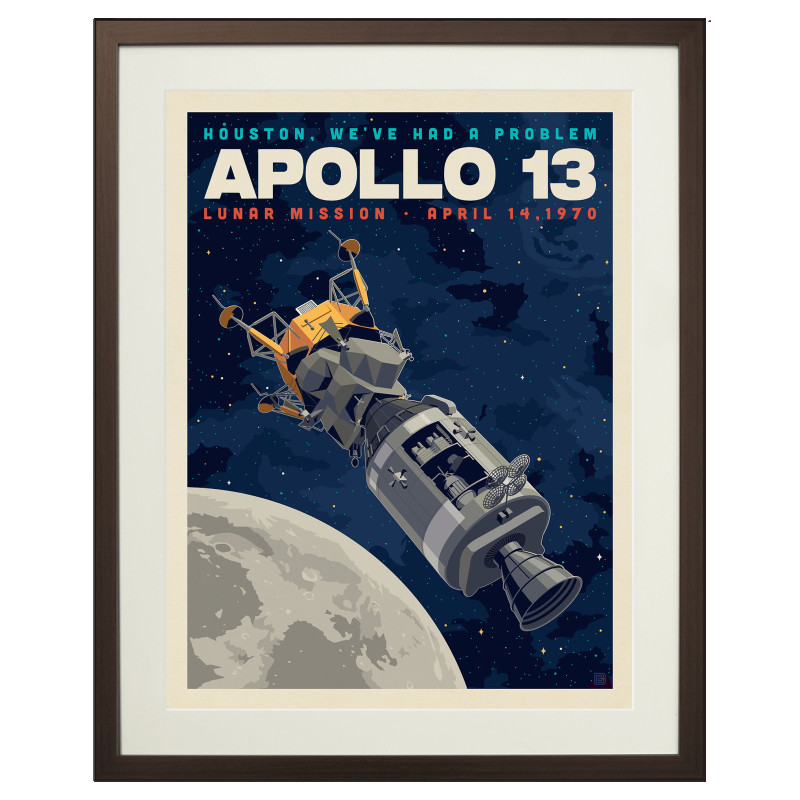 Art Print
Art Print
-
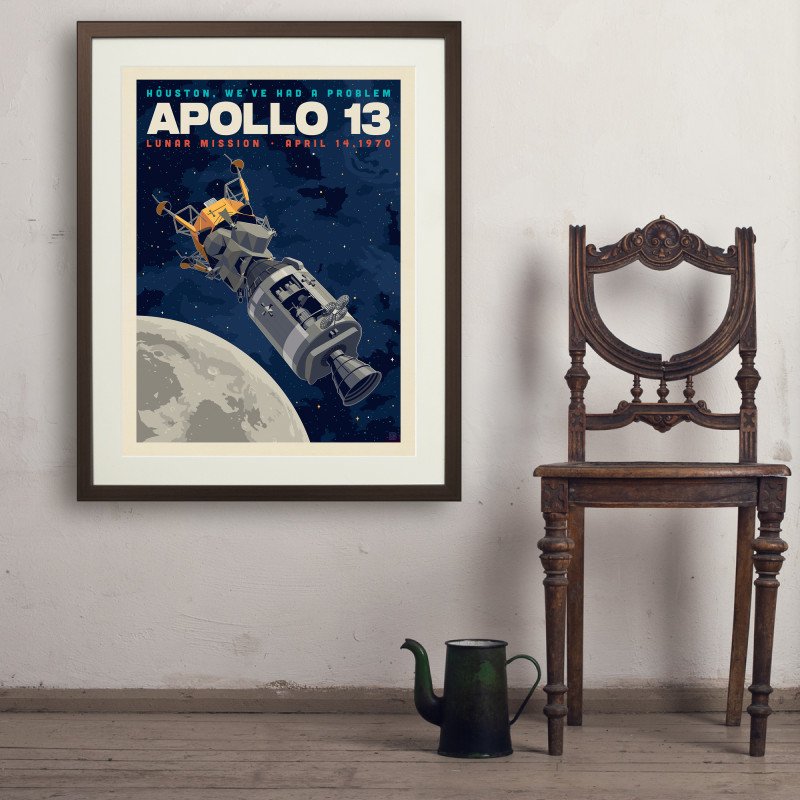 Art Print
Art Print
-
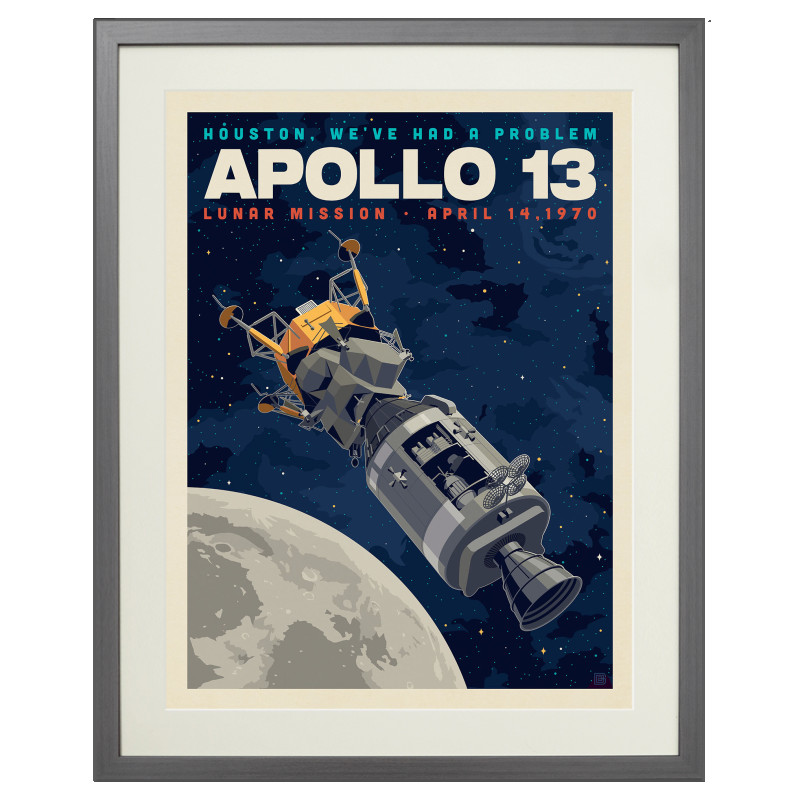 Art Print
Art Print
-
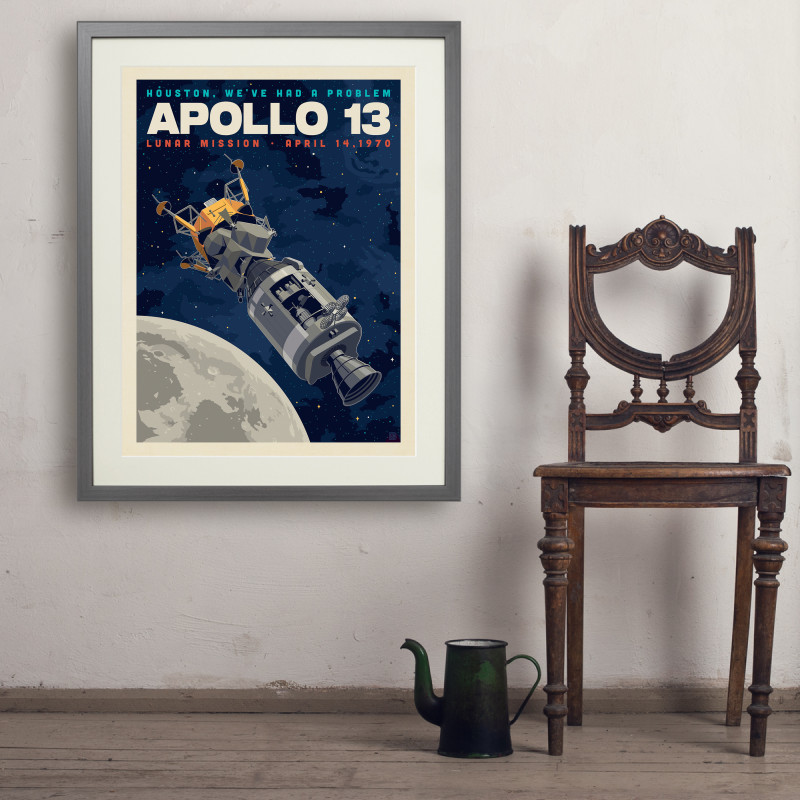 Art Print
Art Print
-
 Art Print
Art Print
-
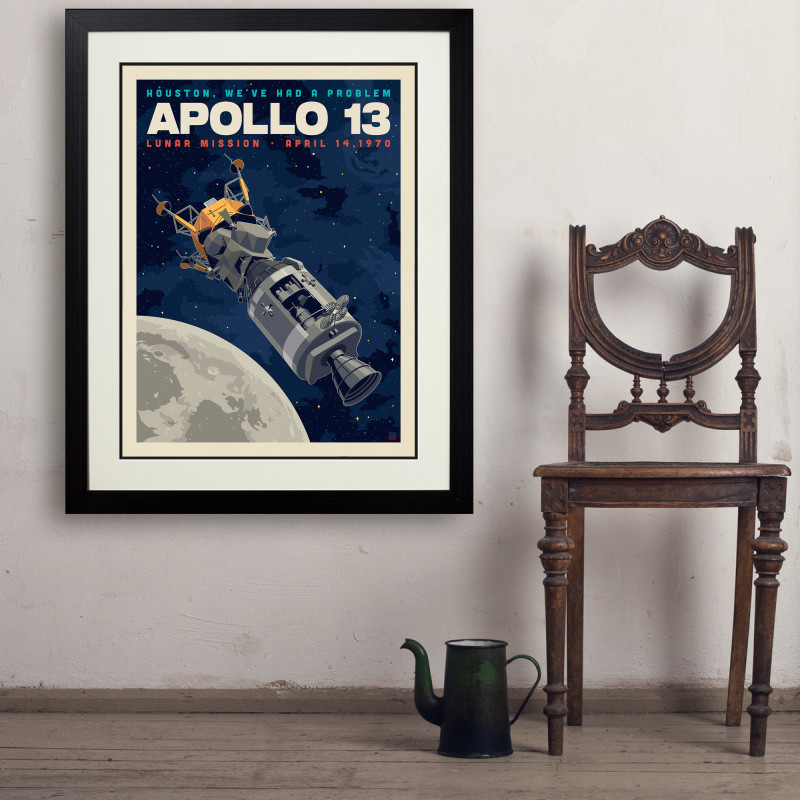 Art Print
Art Print
-
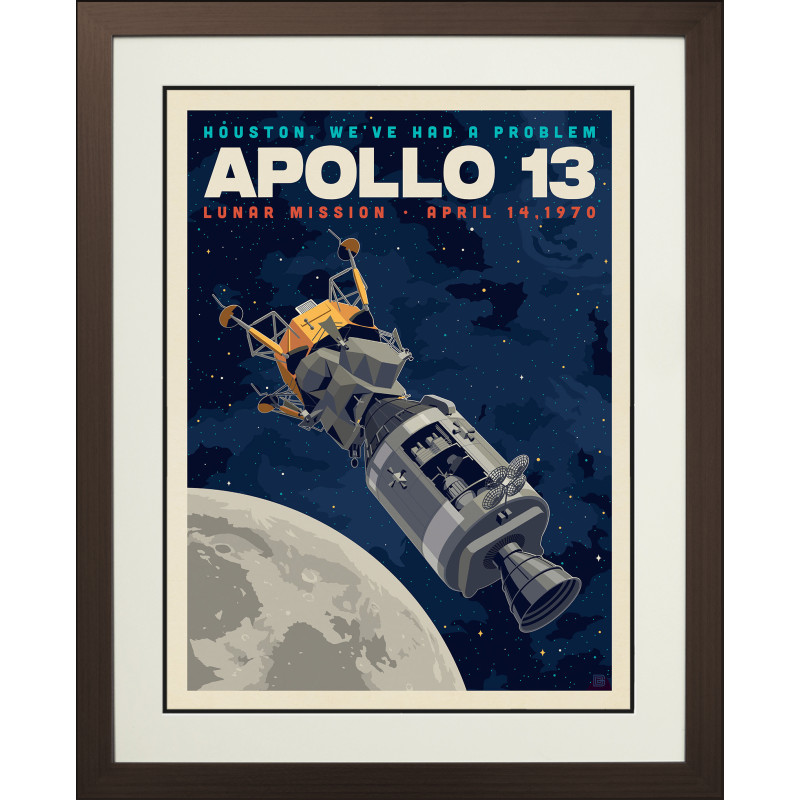 Art Print
Art Print
-
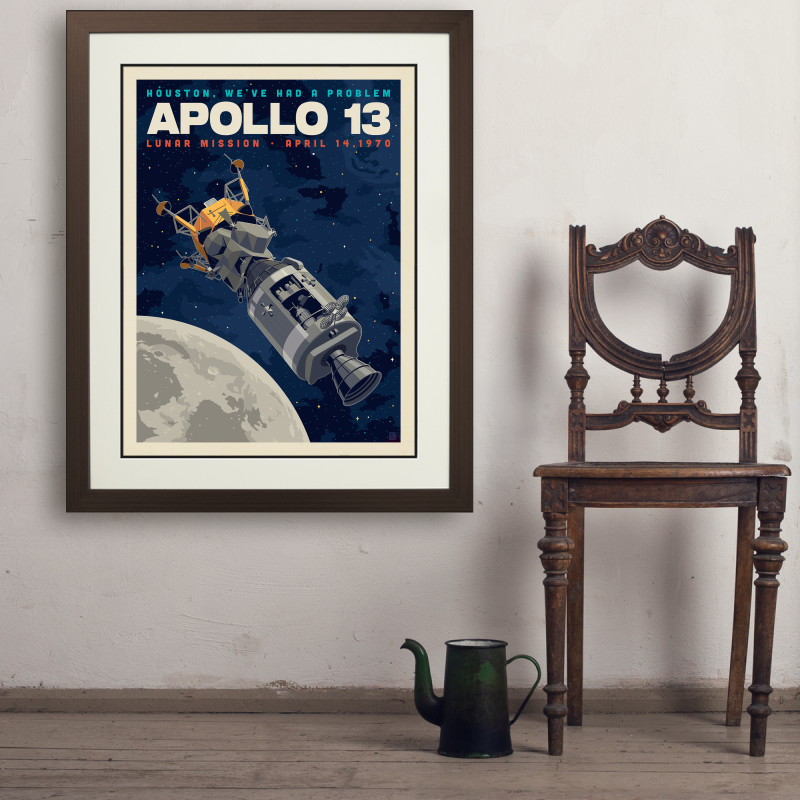 Art Print
Art Print
-
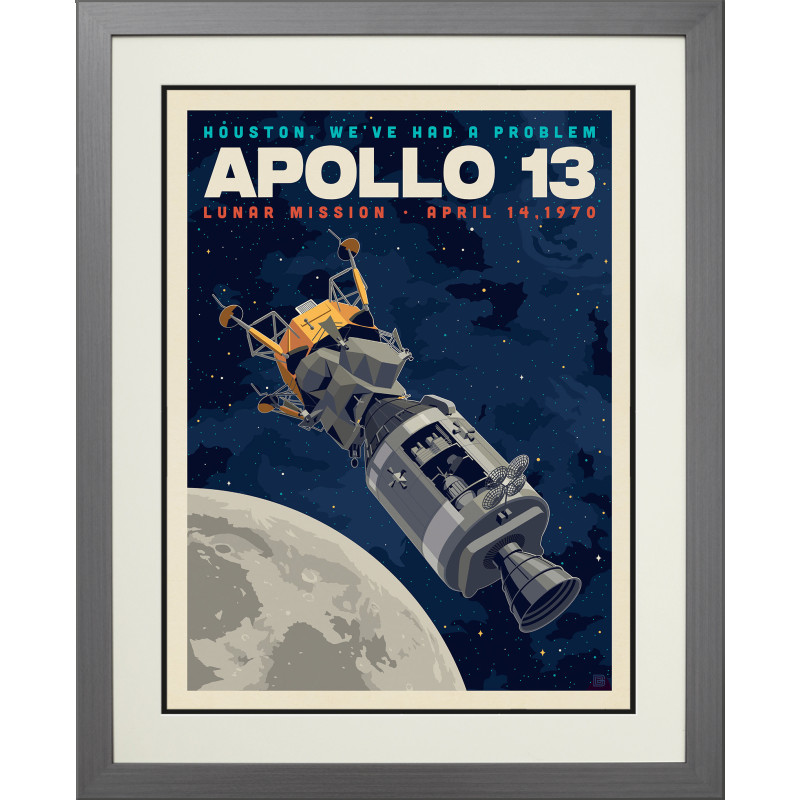 Art Print
Art Print
-
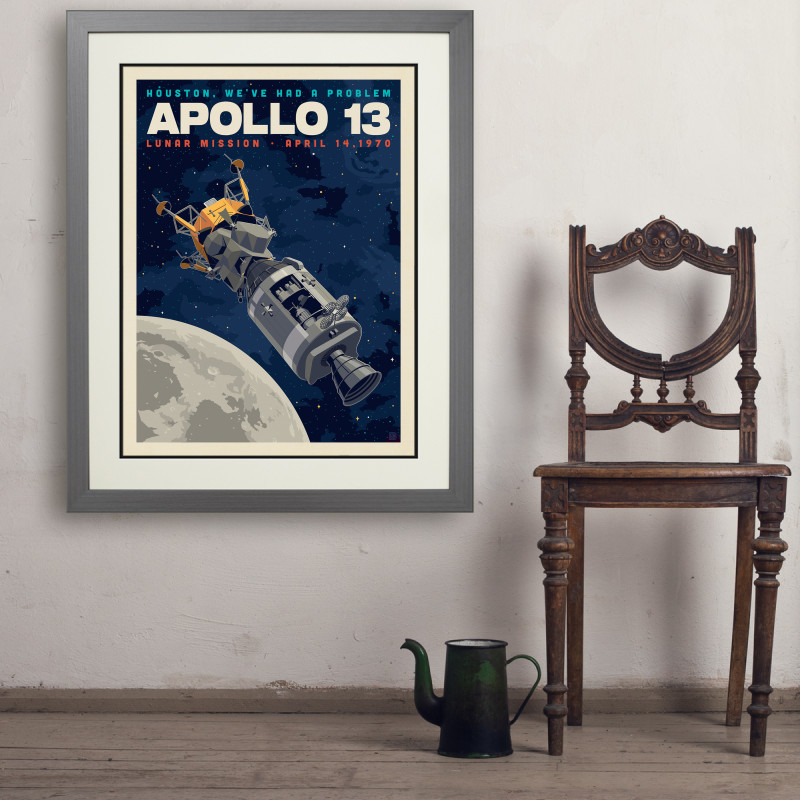 Art Print
Art Print
-
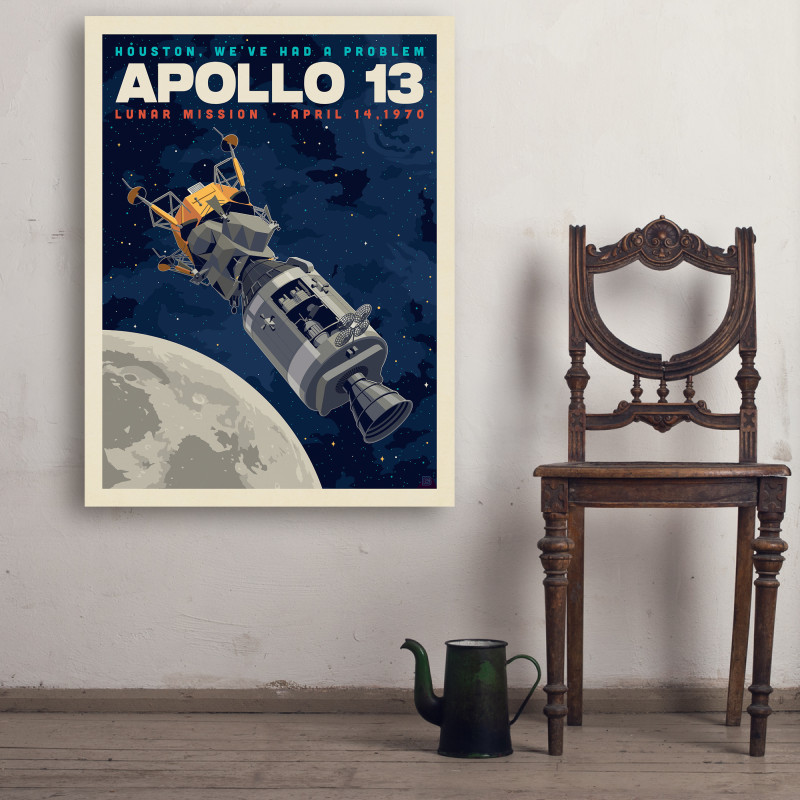 Art Print
Art Print
-
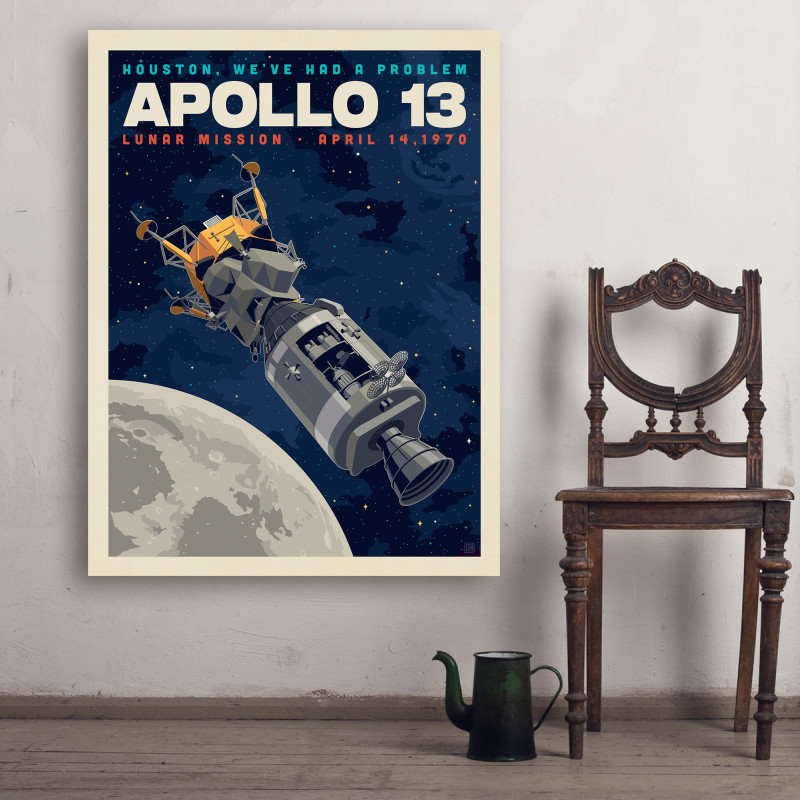 Art Print
Art Print
"Houston, we've had a problem". This famous line summed up the Apollo 13 mission (April 11–17, 1970). It was the seventh crewed mission in the Apollo space program and the third meant to land on the Moon. The craft was launched from Kennedy Space Center on April 11, 1970, but the lunar landing was aborted after an oxygen tank in the service module (SM) ruptured two days into the mission, disabling its electrical and life-support system. The crew, supported by backup systems on the lunar module (LM), instead looped around the Moon in a circumlunar trajectory and returned safely to Earth on April 17. The mission was commanded by Jim Lovell, with Jack Swigert as command module (CM) pilot and Fred Haise as lunar module (LM) pilot. Swigert was a late replacement for Ken Mattingly, who was grounded after exposure to the measles. A routine stir of an oxygen tank ignited damaged wire insulation inside it, causing an explosion that vented the contents of both of the SM's oxygen tanks to space. Without oxygen, needed for breathing and for generating electric power, the SM's propulsion and life support systems could not operate. The CM's systems had to be shut down to conserve its remaining resources for reentry, forcing the crew to transfer to the LM as a lifeboat. With the lunar landing canceled, mission controllers worked to bring the crew home alive. This retro-styled interstellar illustration will look great as an art print, notecard, postcard, metal sign, canvas, or mini canvas. To learn more about space travel and what the next big space adventure plans are, check out the official website for NASA.
Choose a Product
Art Print
About the Frames
No print is complete without a stunning frame to complement it. We offer three different frame styles: Simple, Standard, and Deluxe, courtesy of our friends and neighbors at Belle Meade Framers. See below for features and measurements.
- Simple Frames
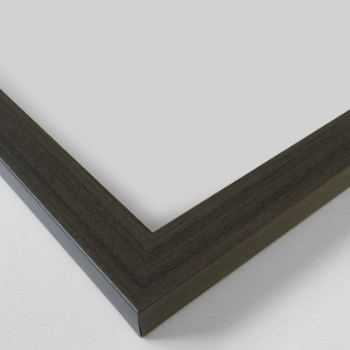
- 1.25" flat wood-grain molding
- Available in mocha brown, warm gray, and black
- Ships ready-to-hang with attached metal wire and a wall hanger accessory
- No mat is included, just the frame and your fantastic poster choice
- 11x14" print—total frame size is 13x16"
- 18x24" print—total frame size is 20x26"
- 24x32" print—total frame size is 26x34"
- Standard Frames
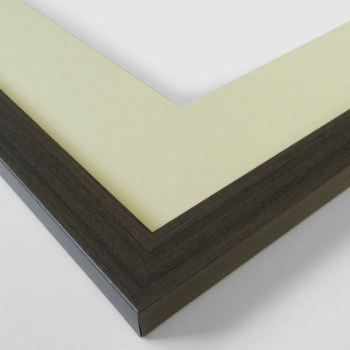
- 1.25" flat wood-grain molding
- Available in mocha brown, warm gray, and black
- Ships ready-to-hang with attached metal wire and a wall hanger accessory
- Includes a classy cream-colored mat
- 11x14" print—total frame size is 18x22"
- 18x24" print—total frame size is 26x32"
- 24x32" print—total frame size is 32x40"
- Deluxe Frames
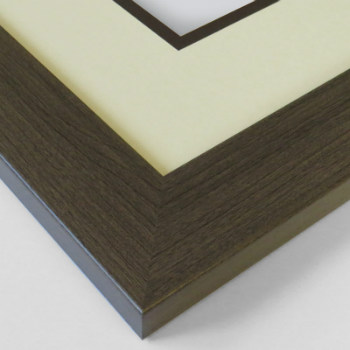
- 2" flat wood-grain molding
- Available in mocha brown, warm gray, and black
- Ships ready-to-hang with attached metal wire and a wall hanger accessory
- Includes a supreme combination of cream and mocha-colored mat layers
- 11x14" print—total frame size is 20x24"
- 18x24" print—total frame size is 28x34"
- 24x32" print—total frame size is 34x42"
